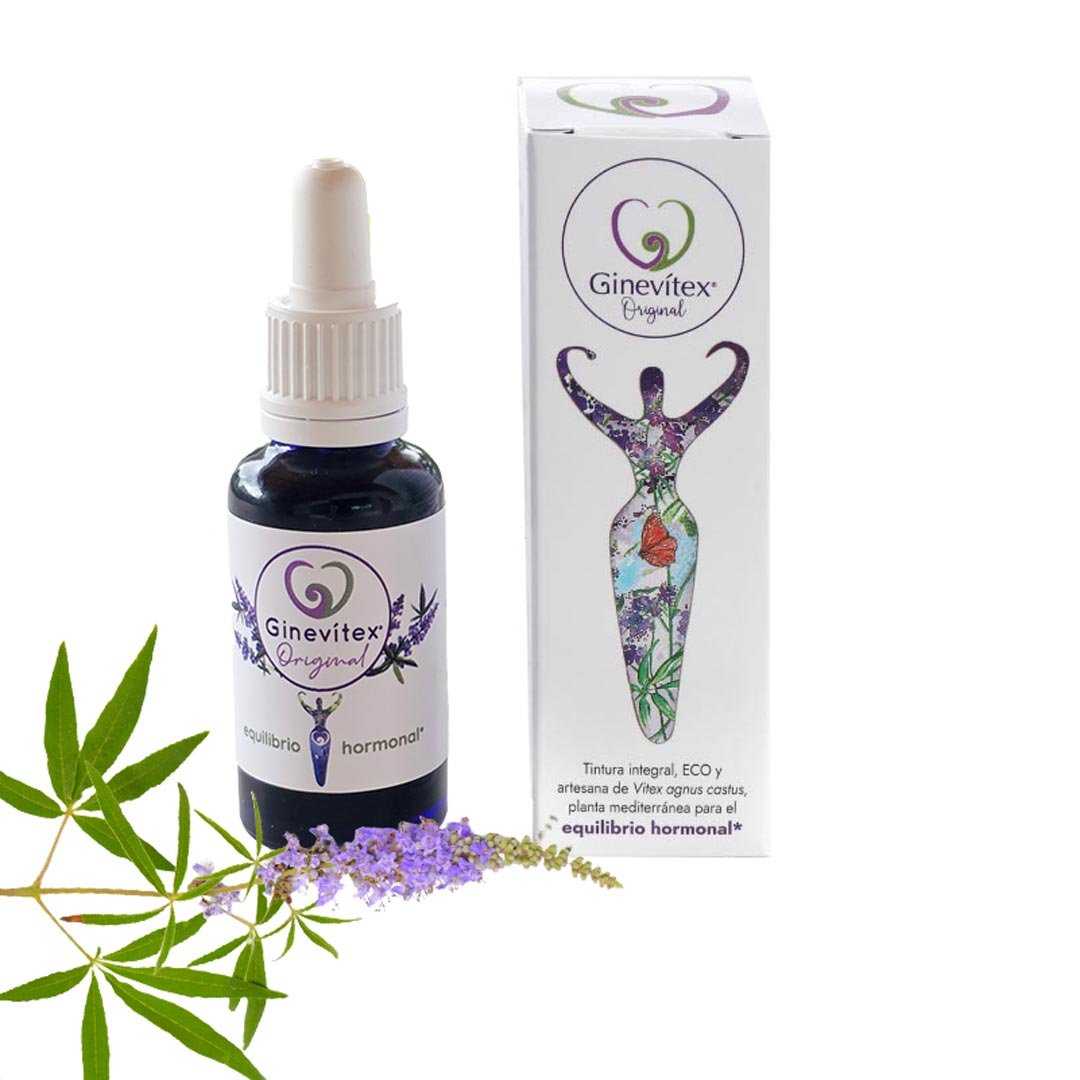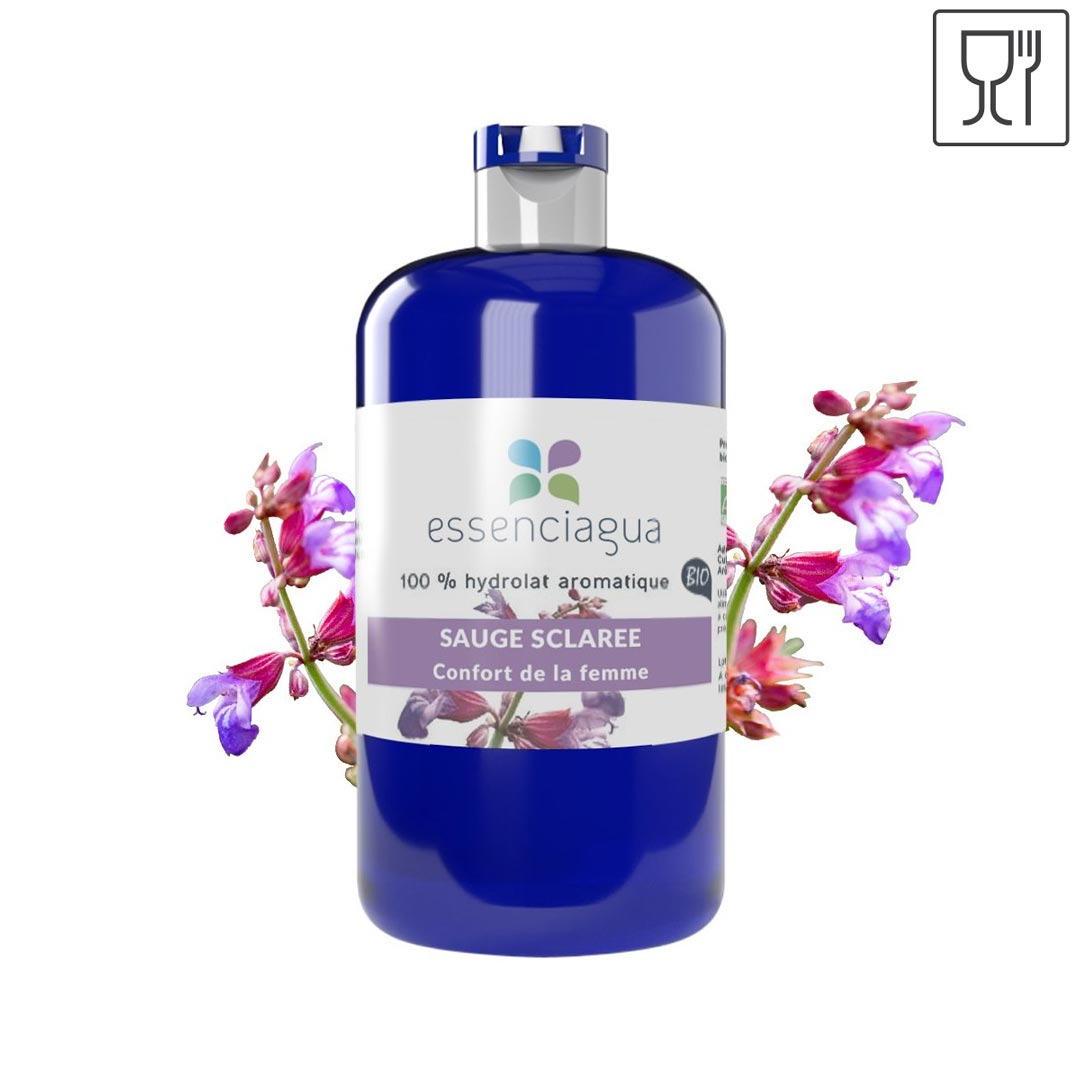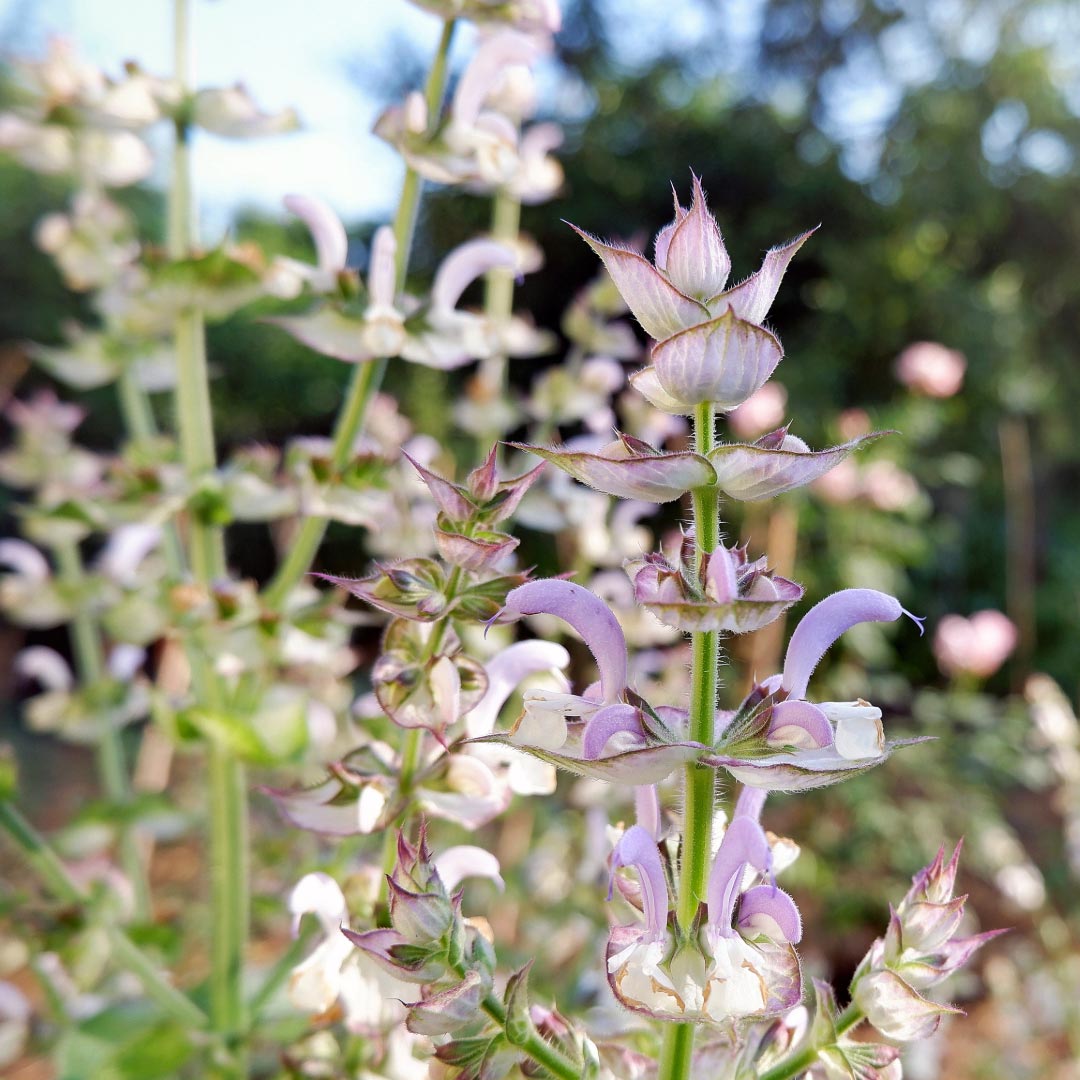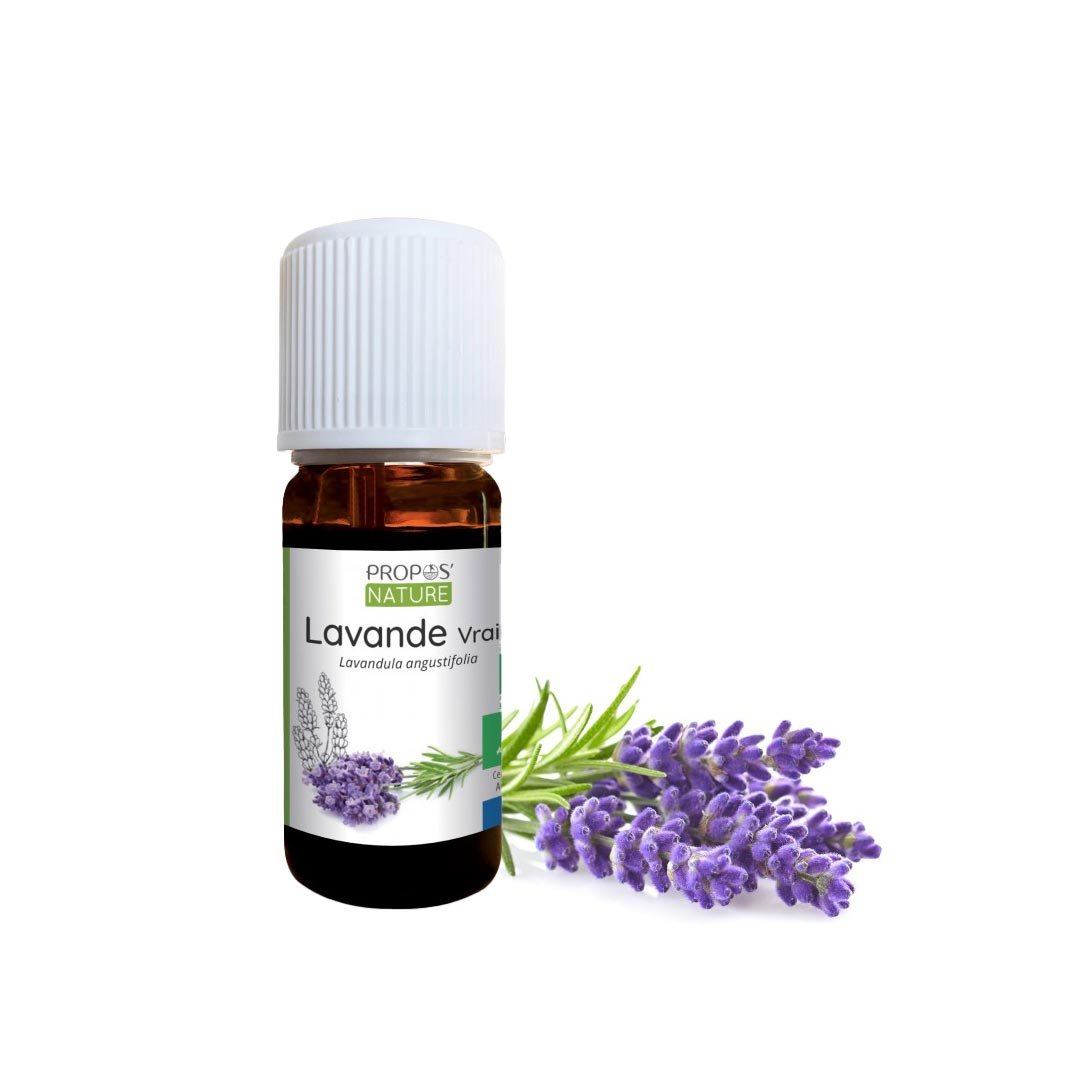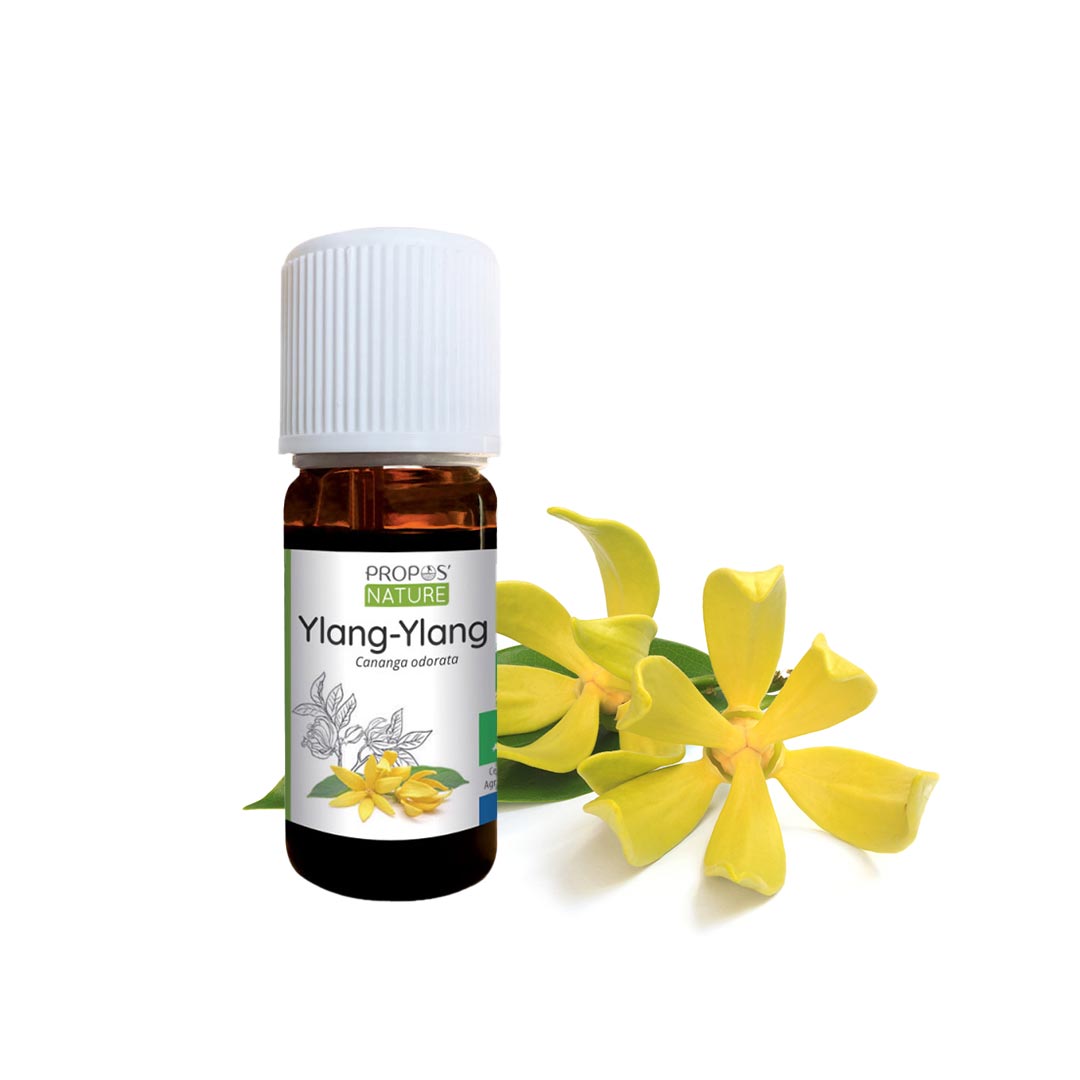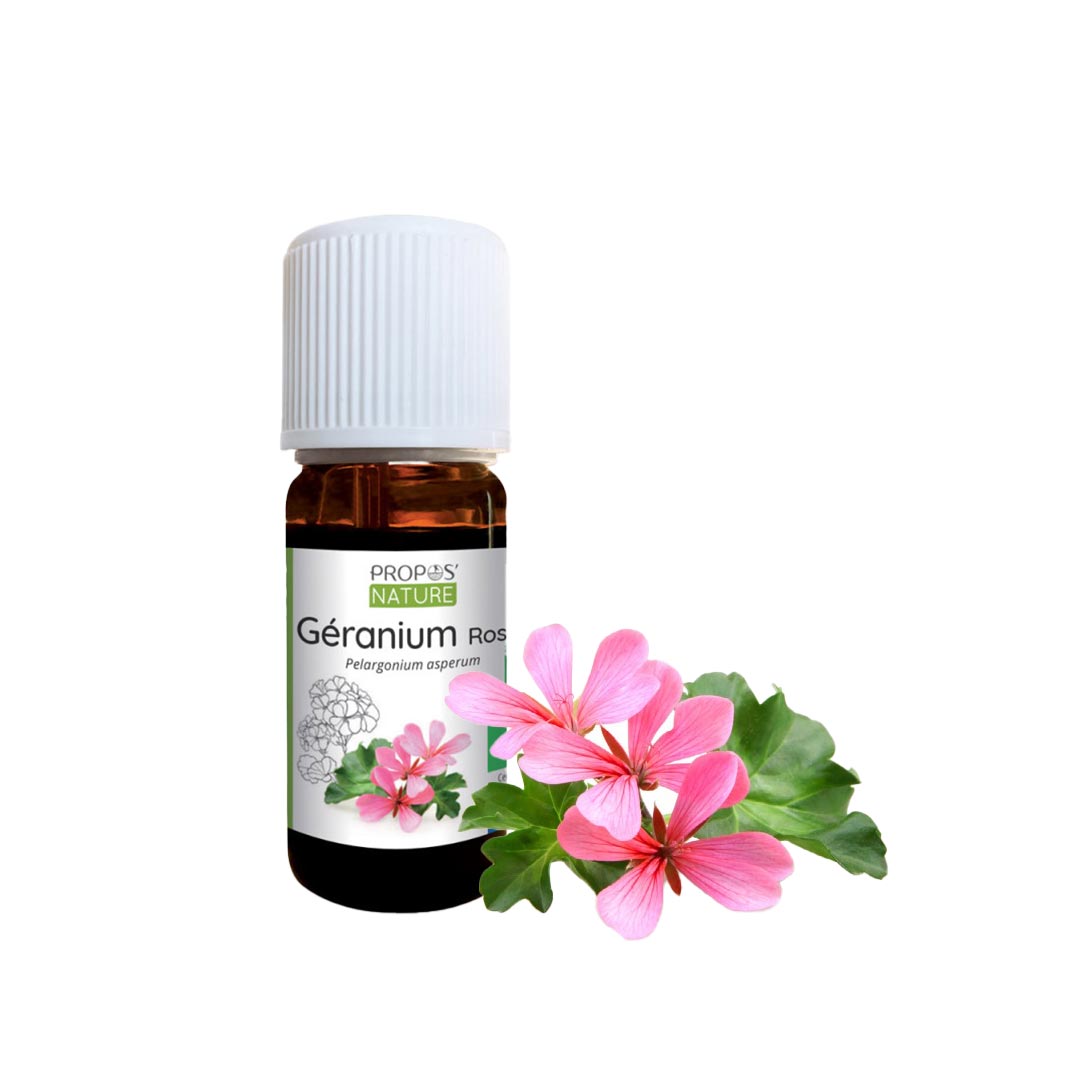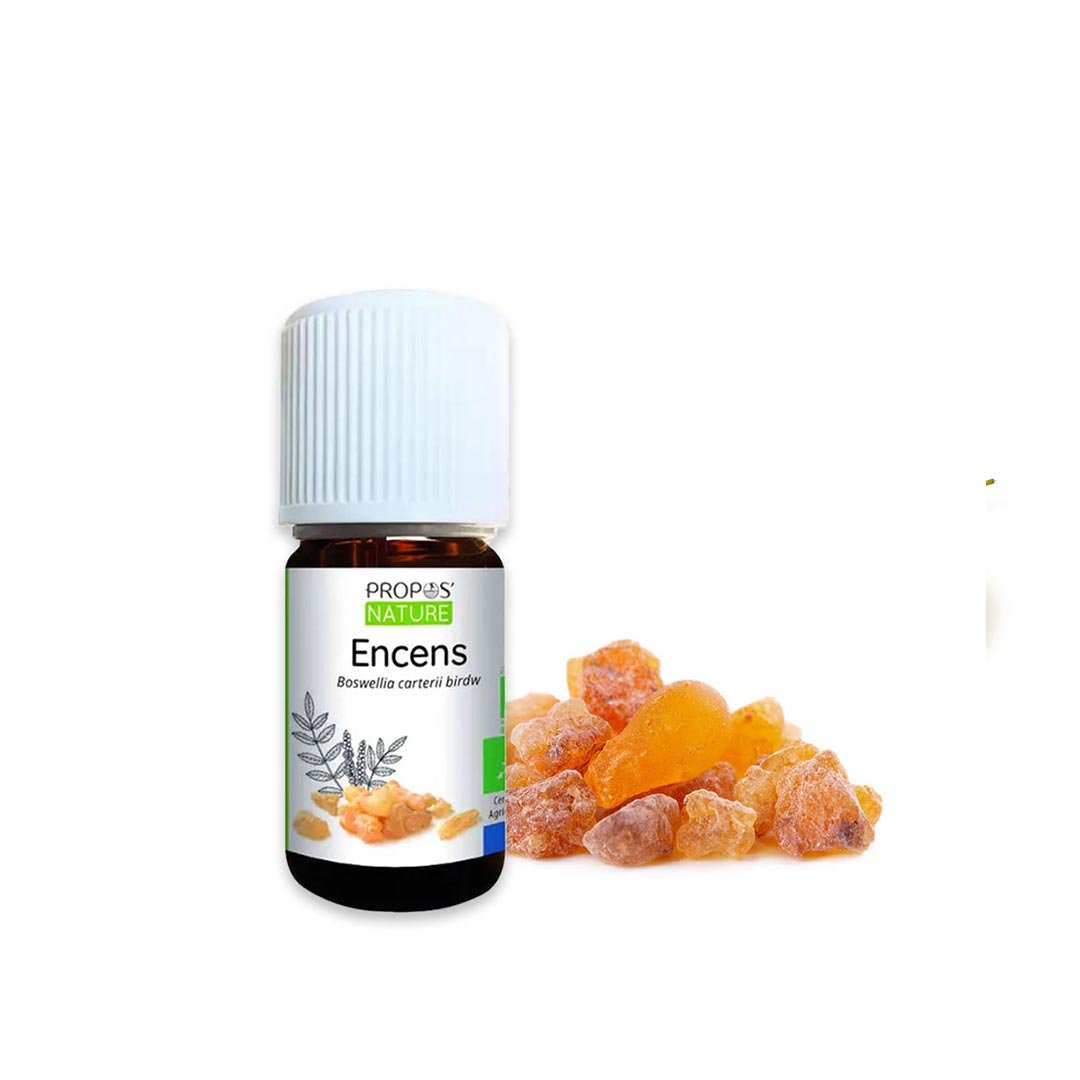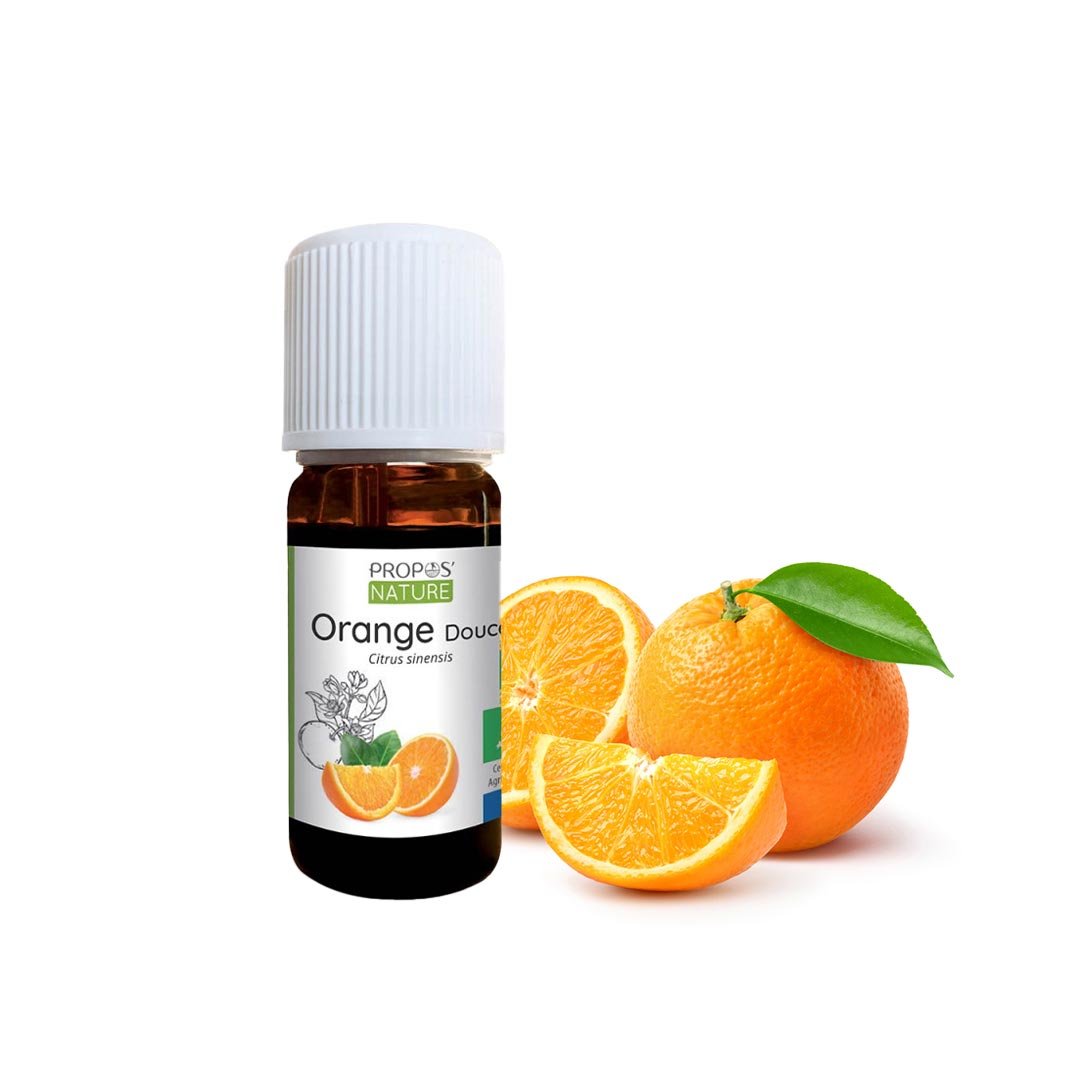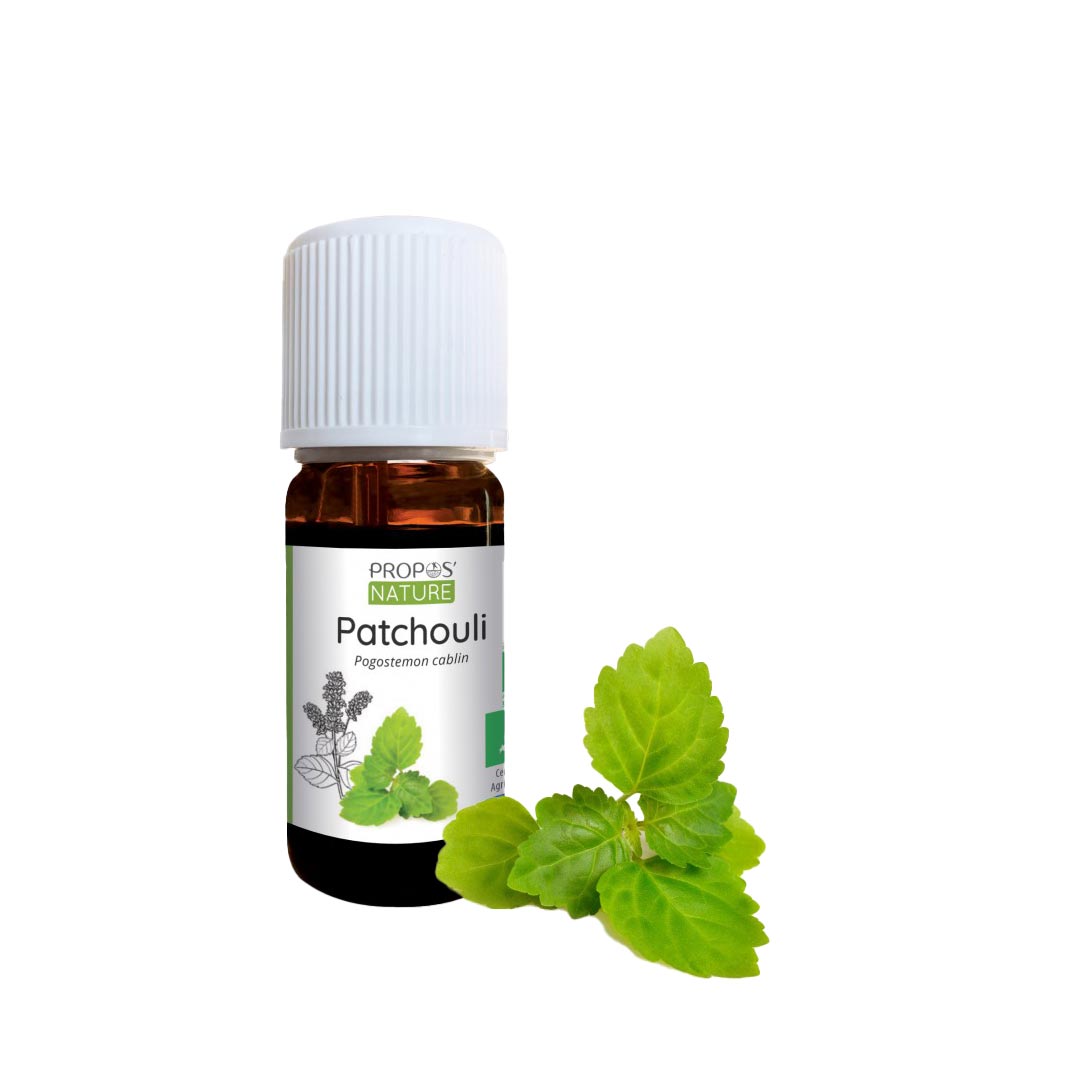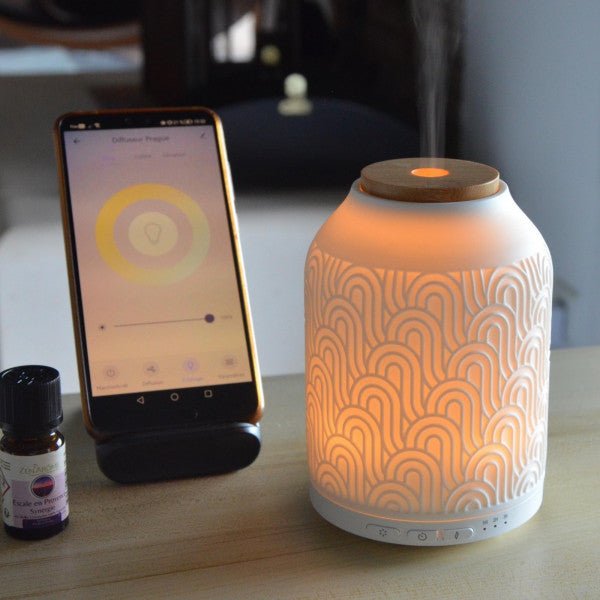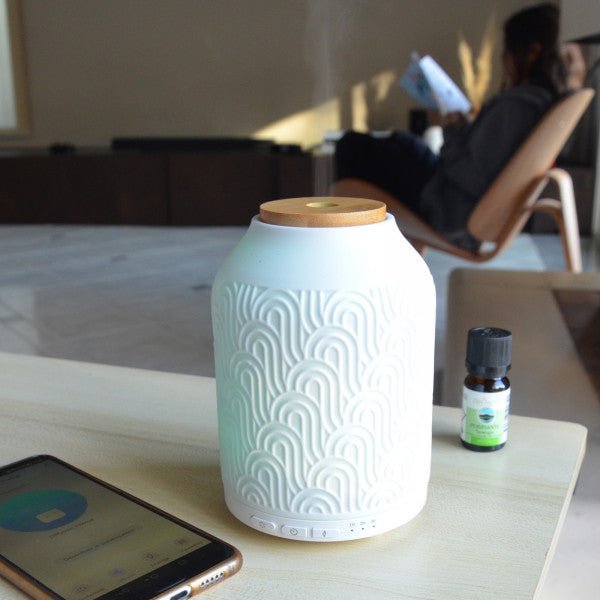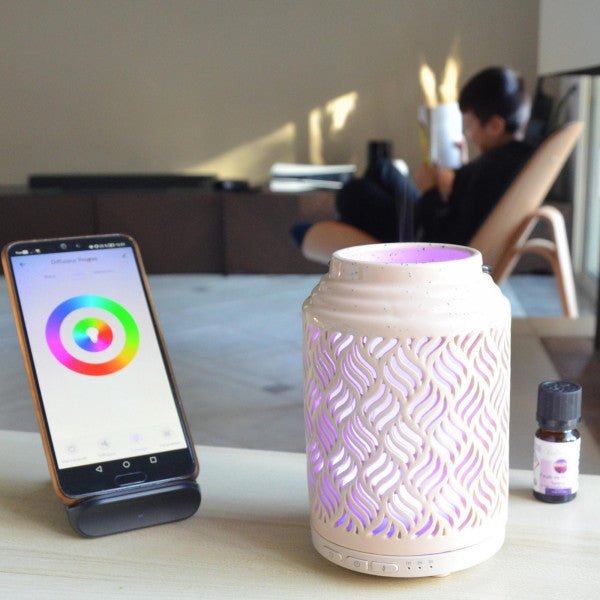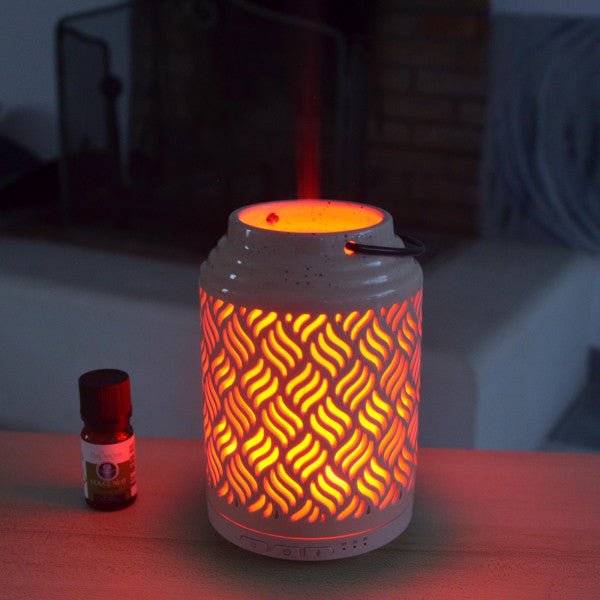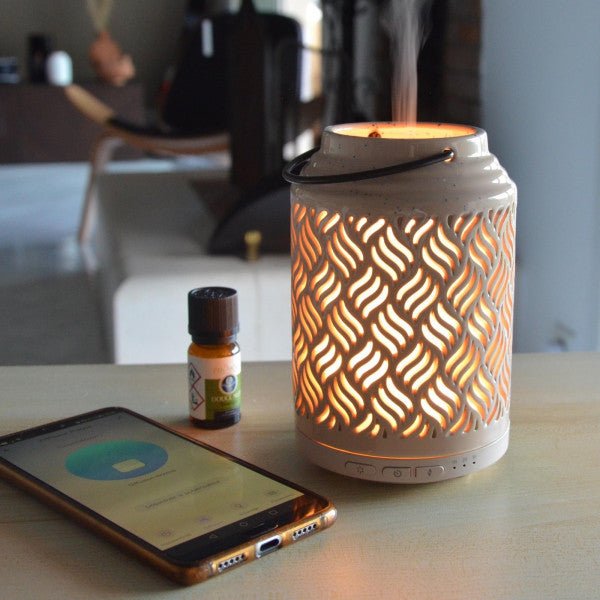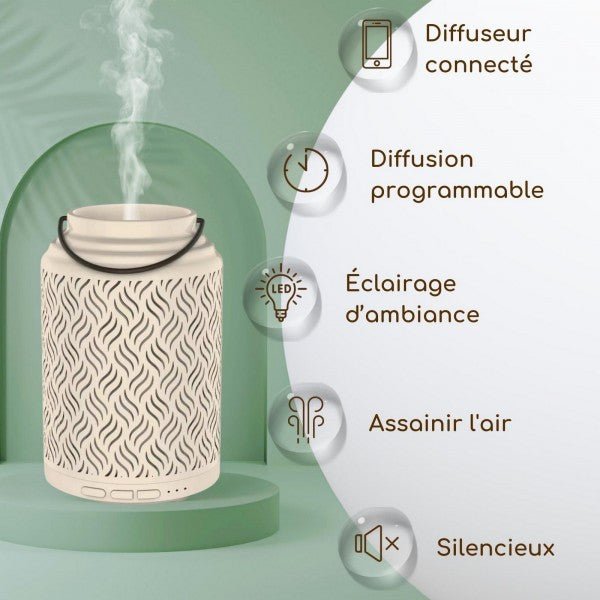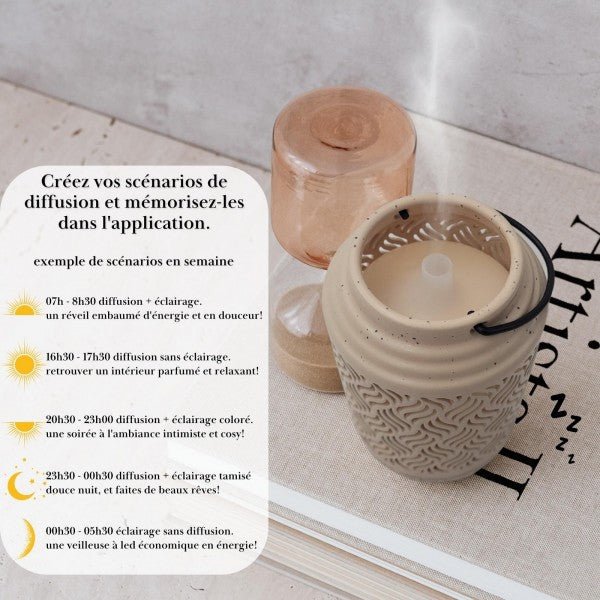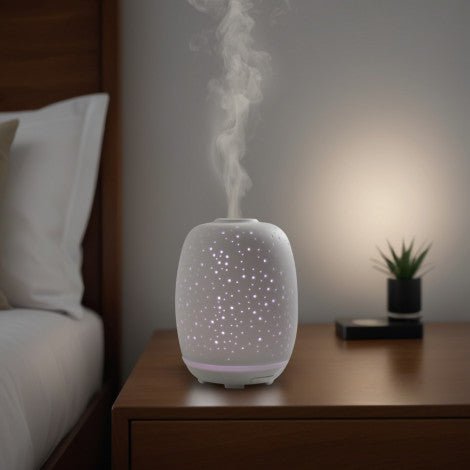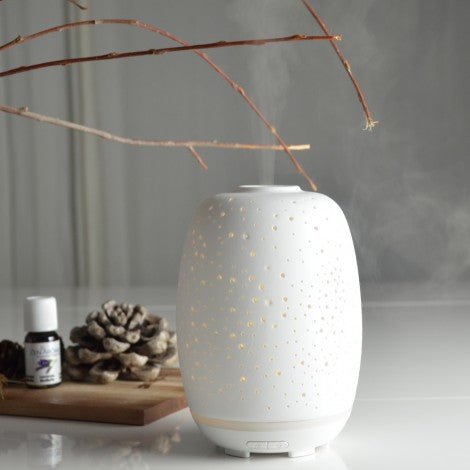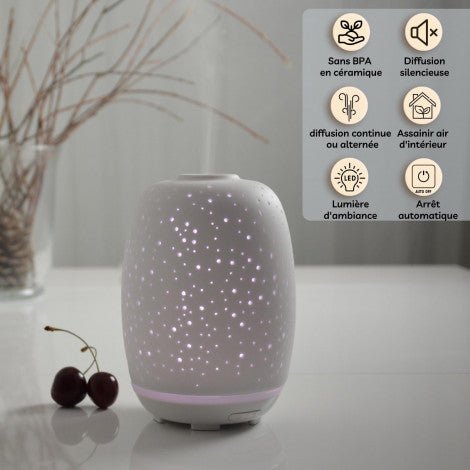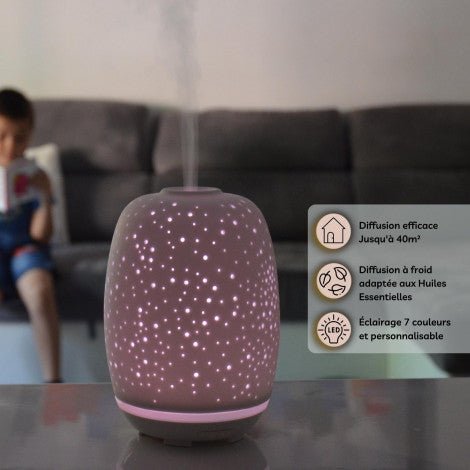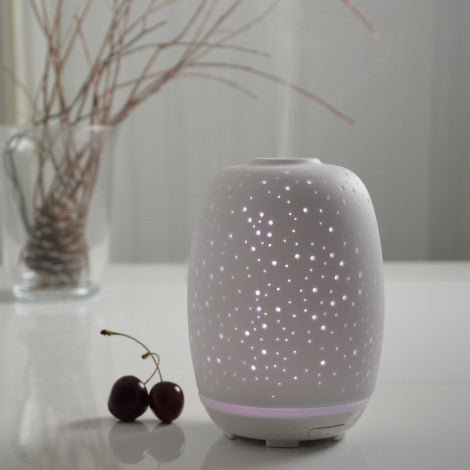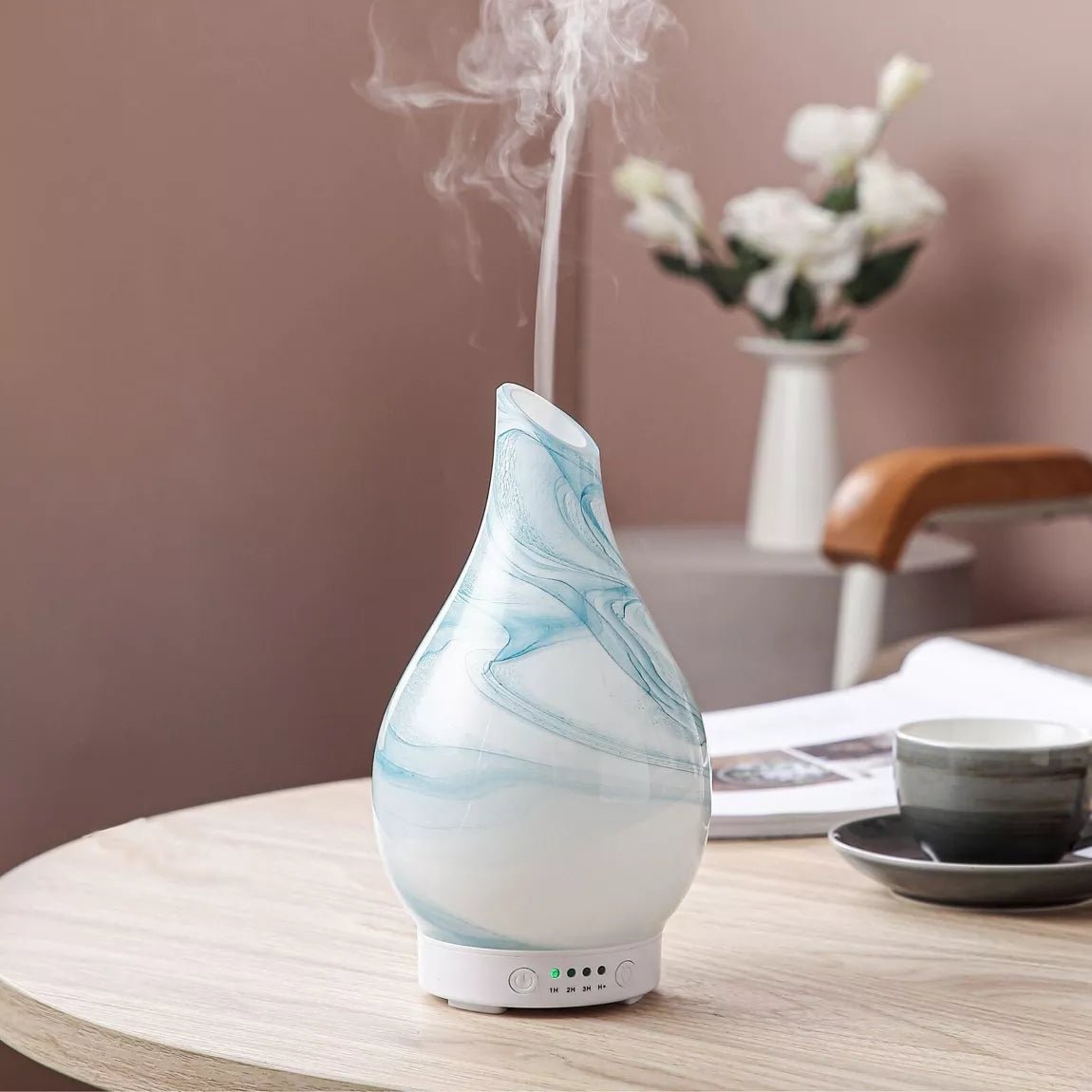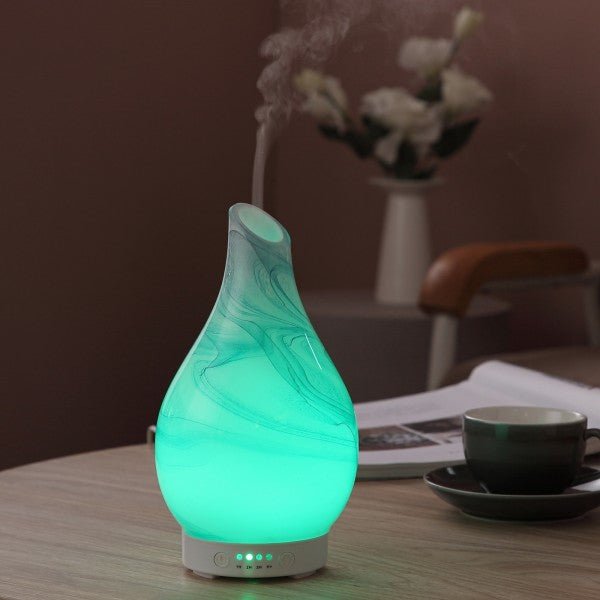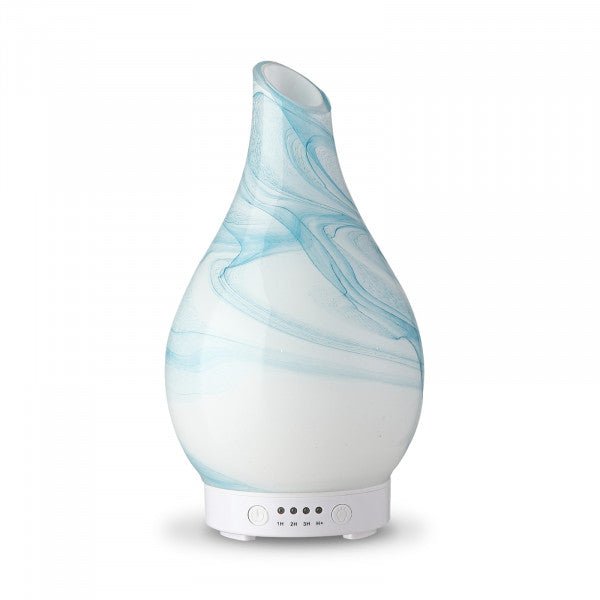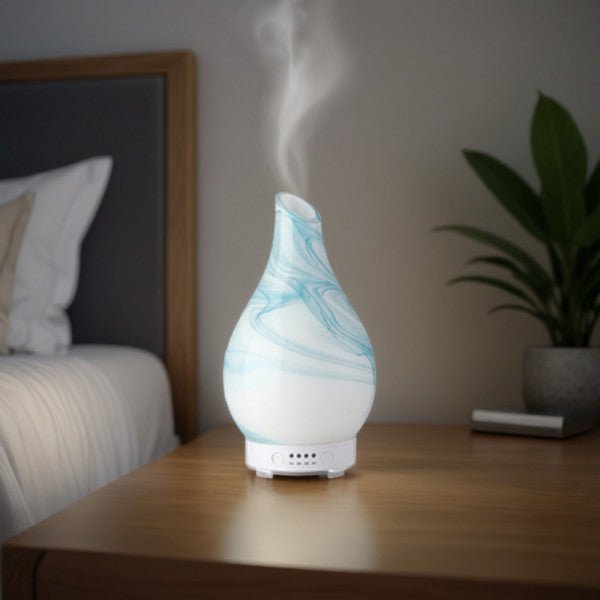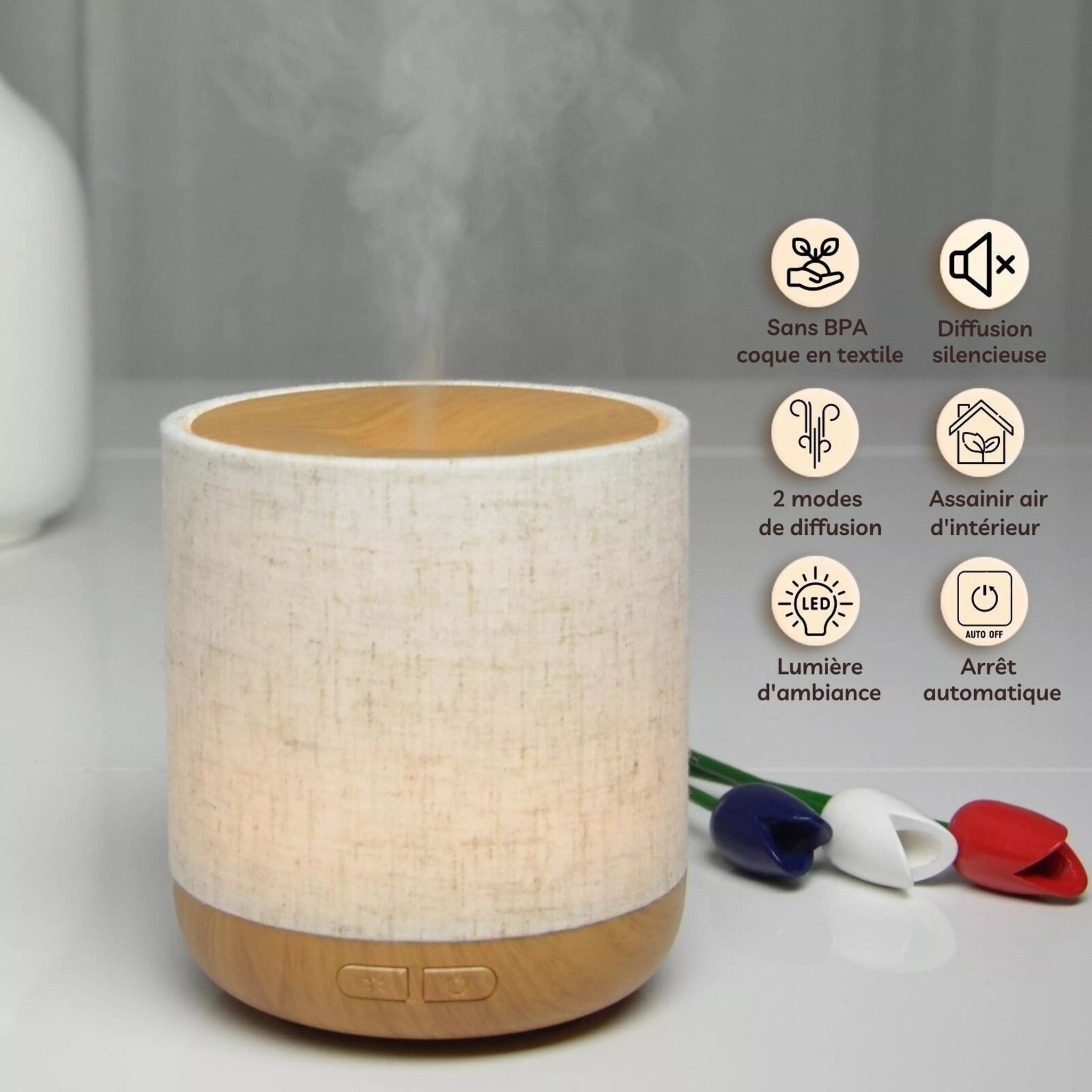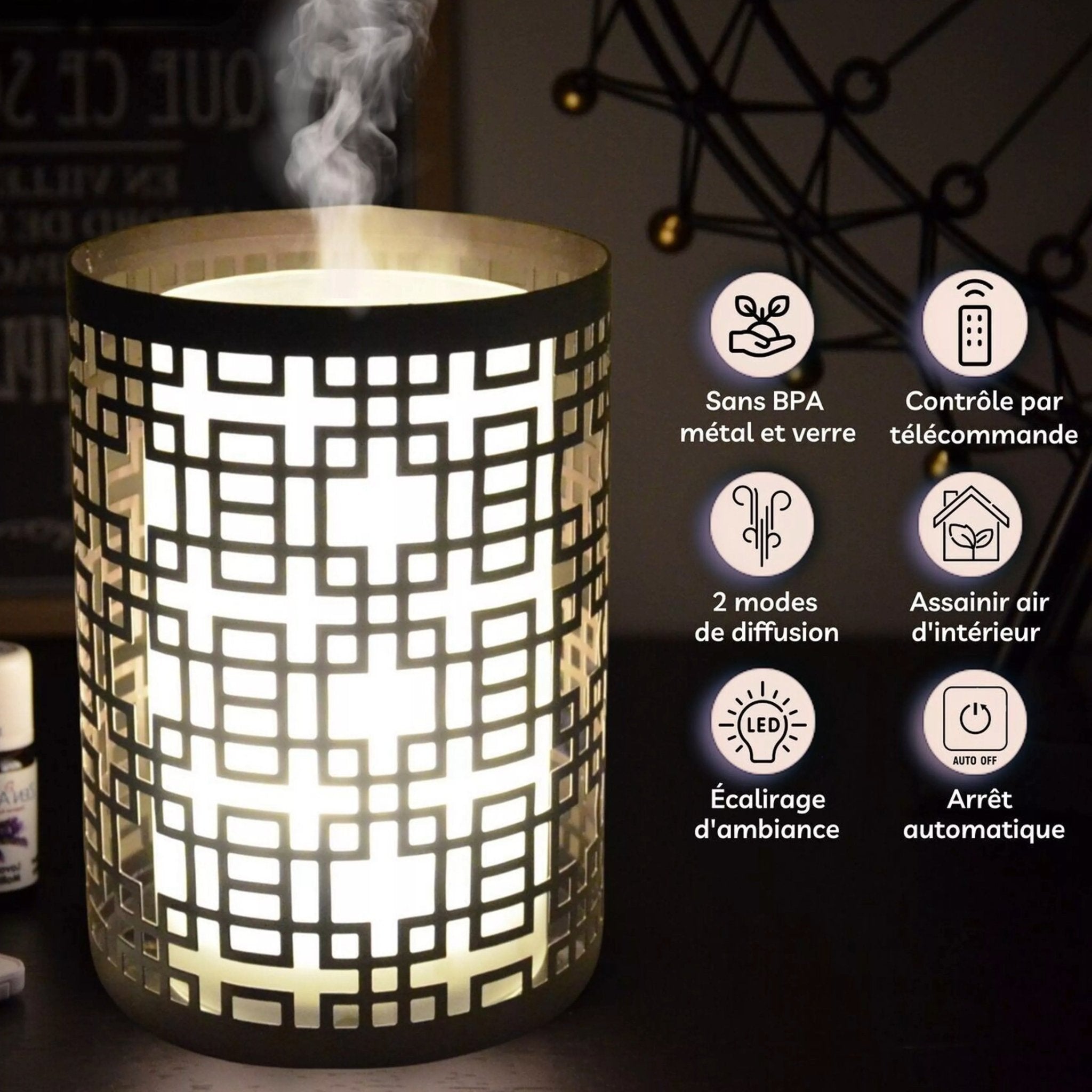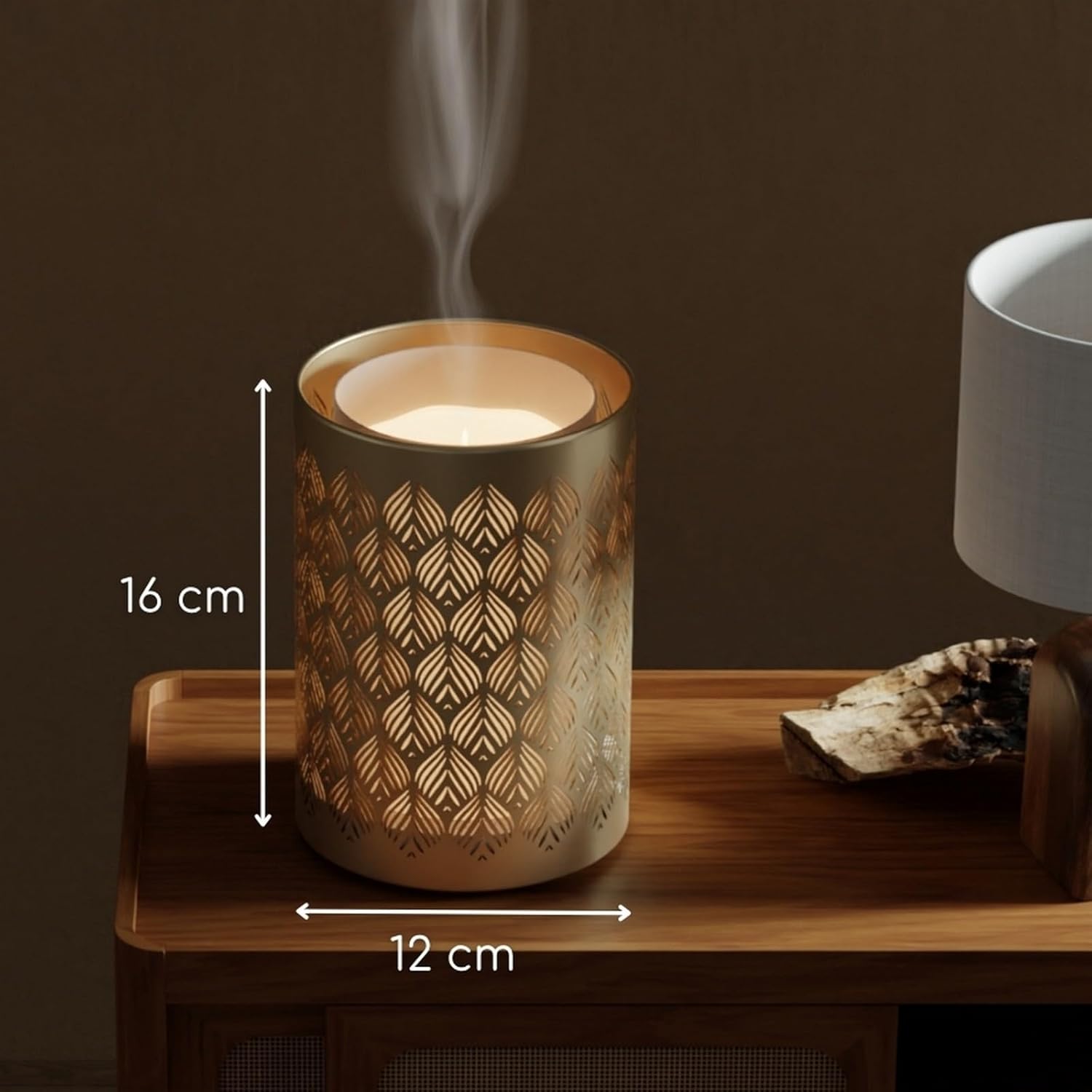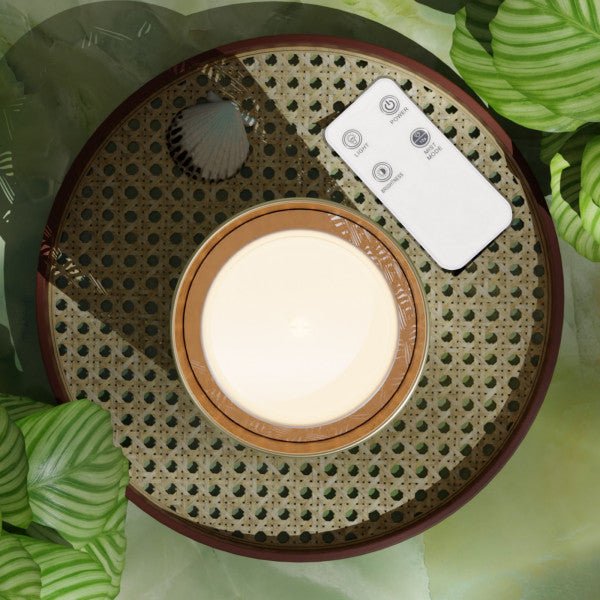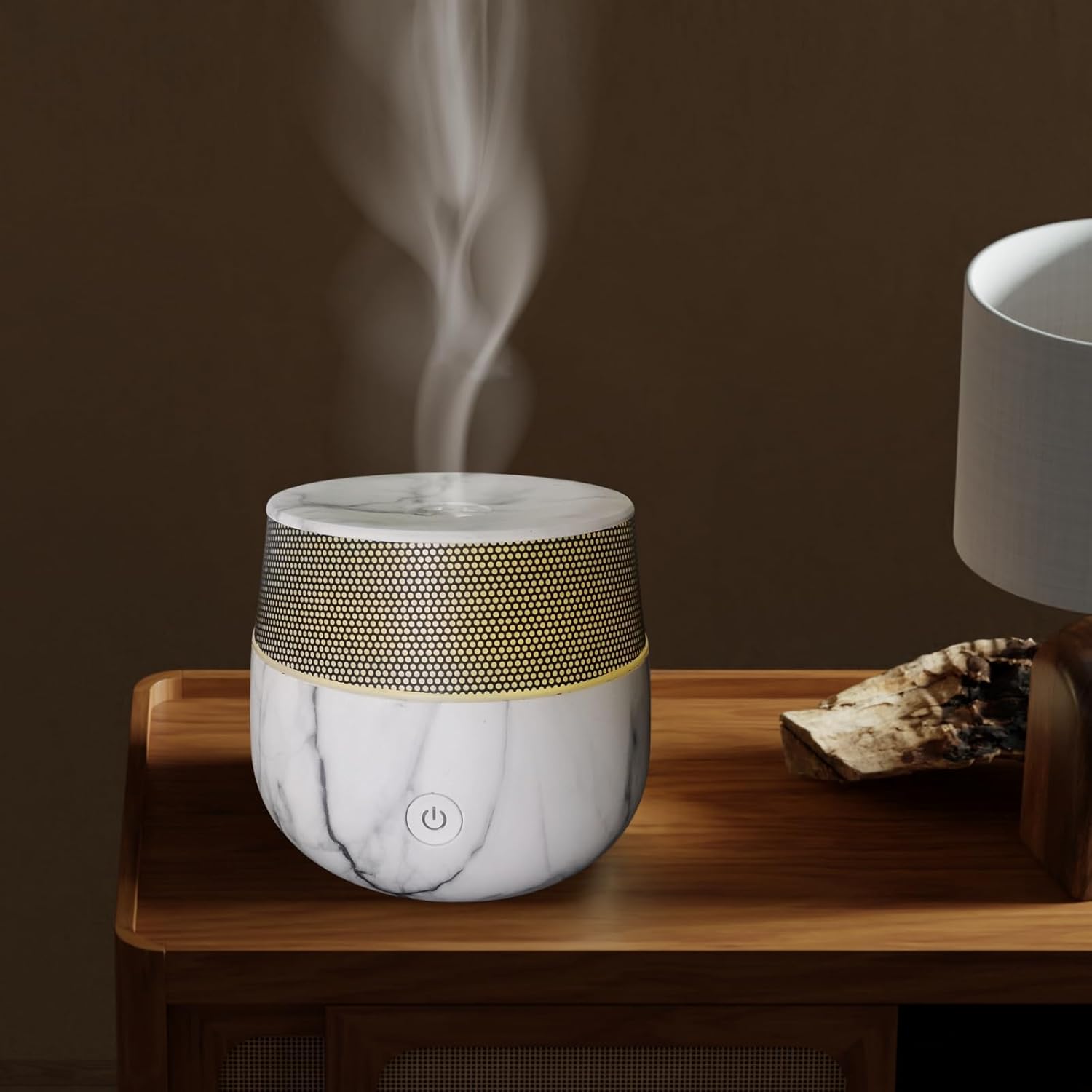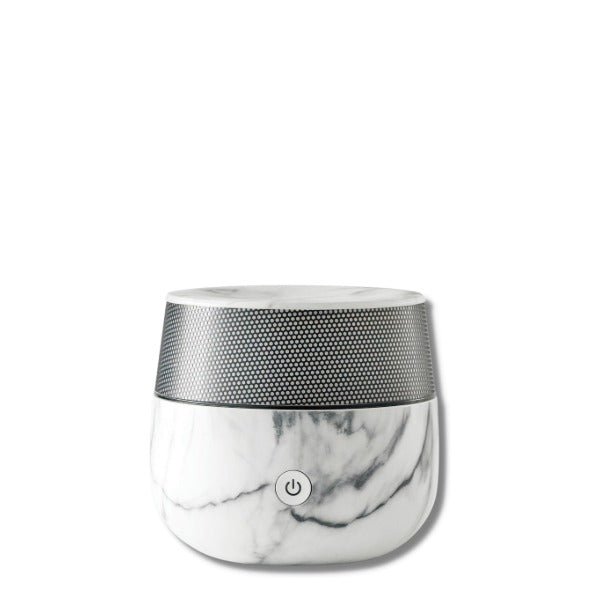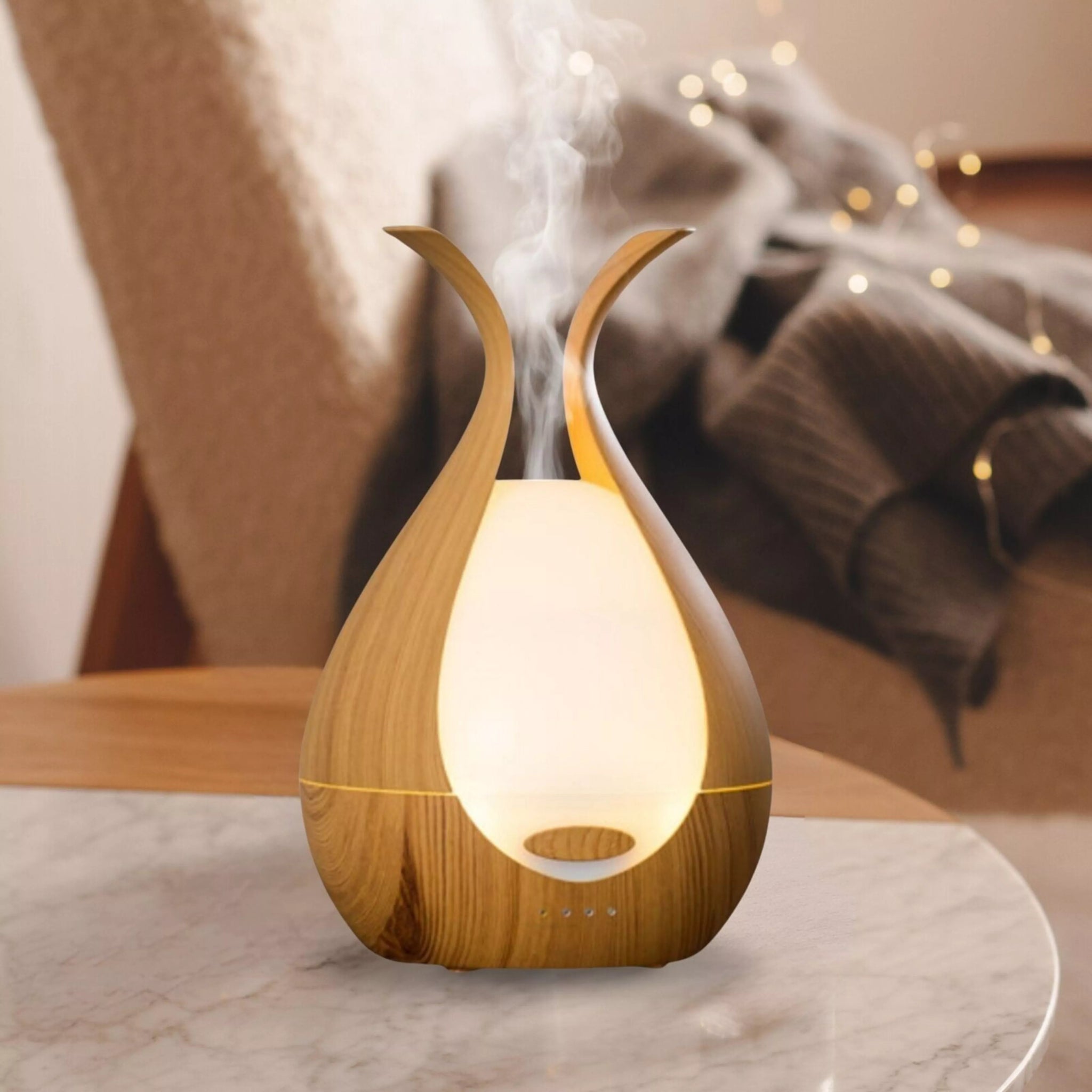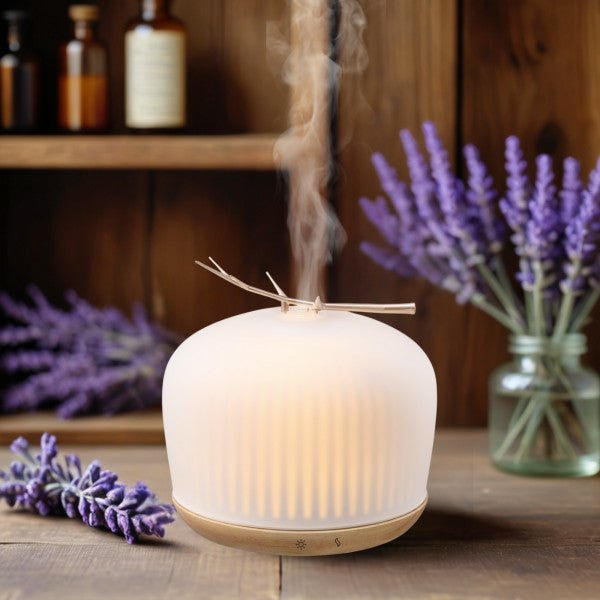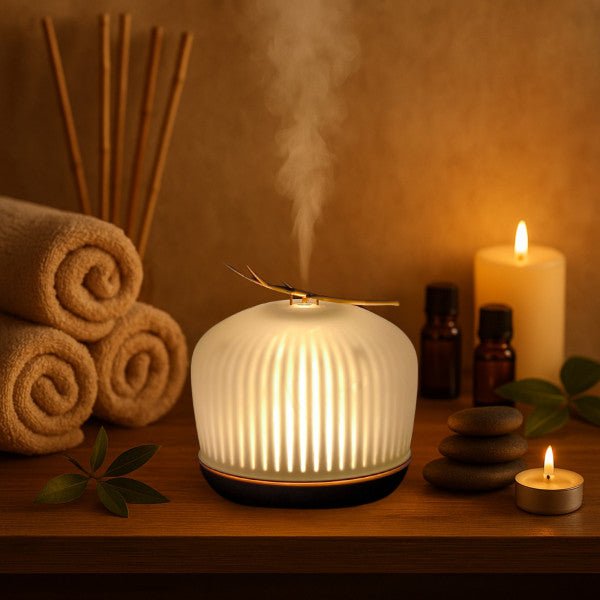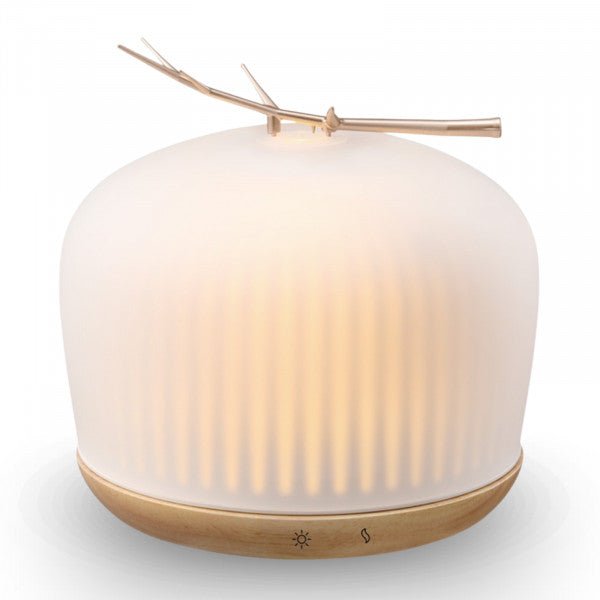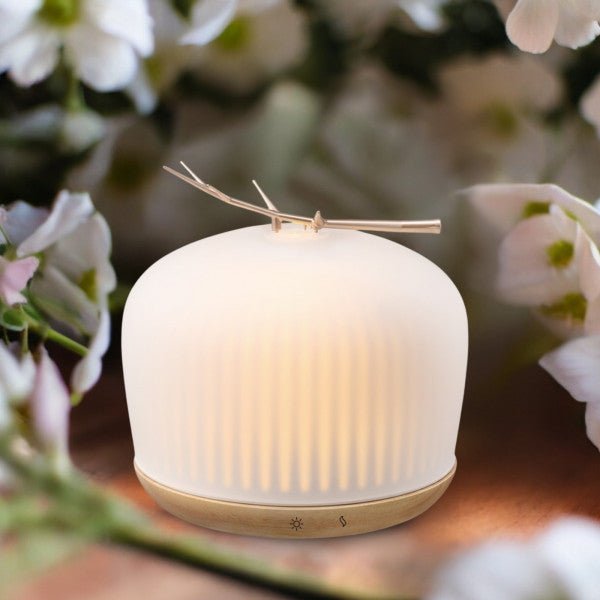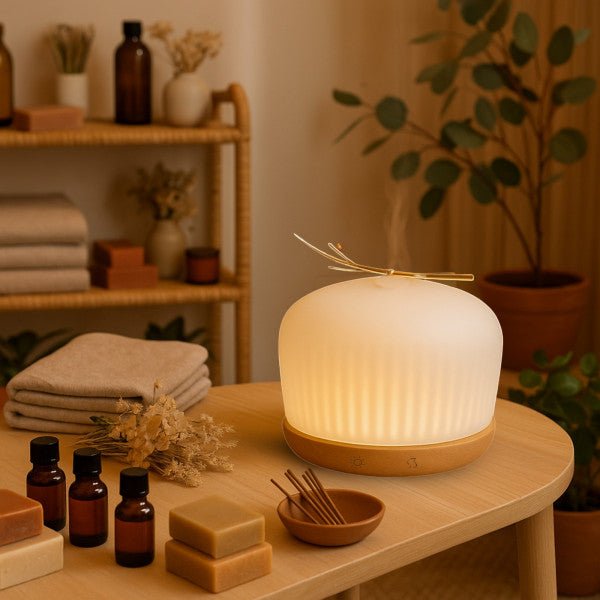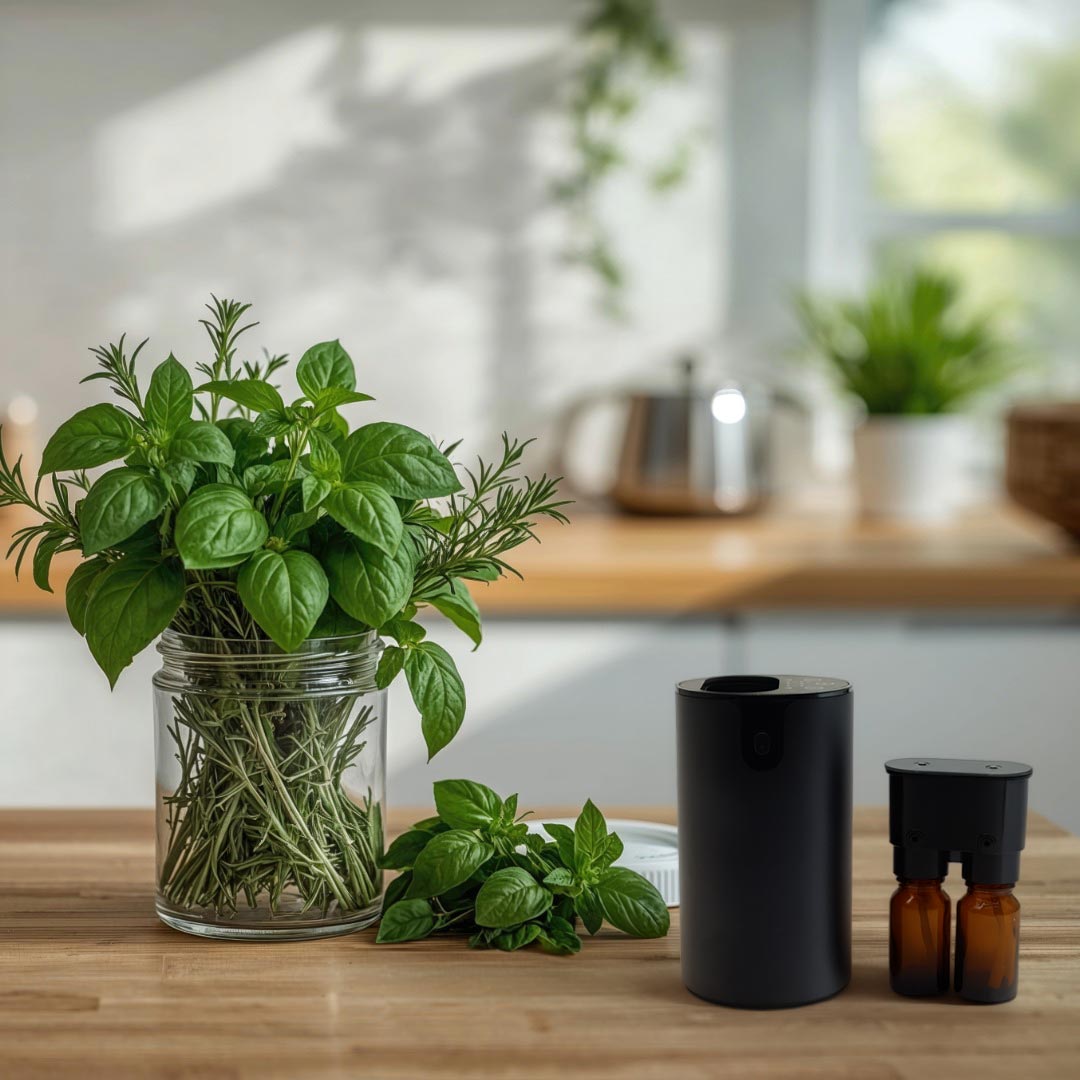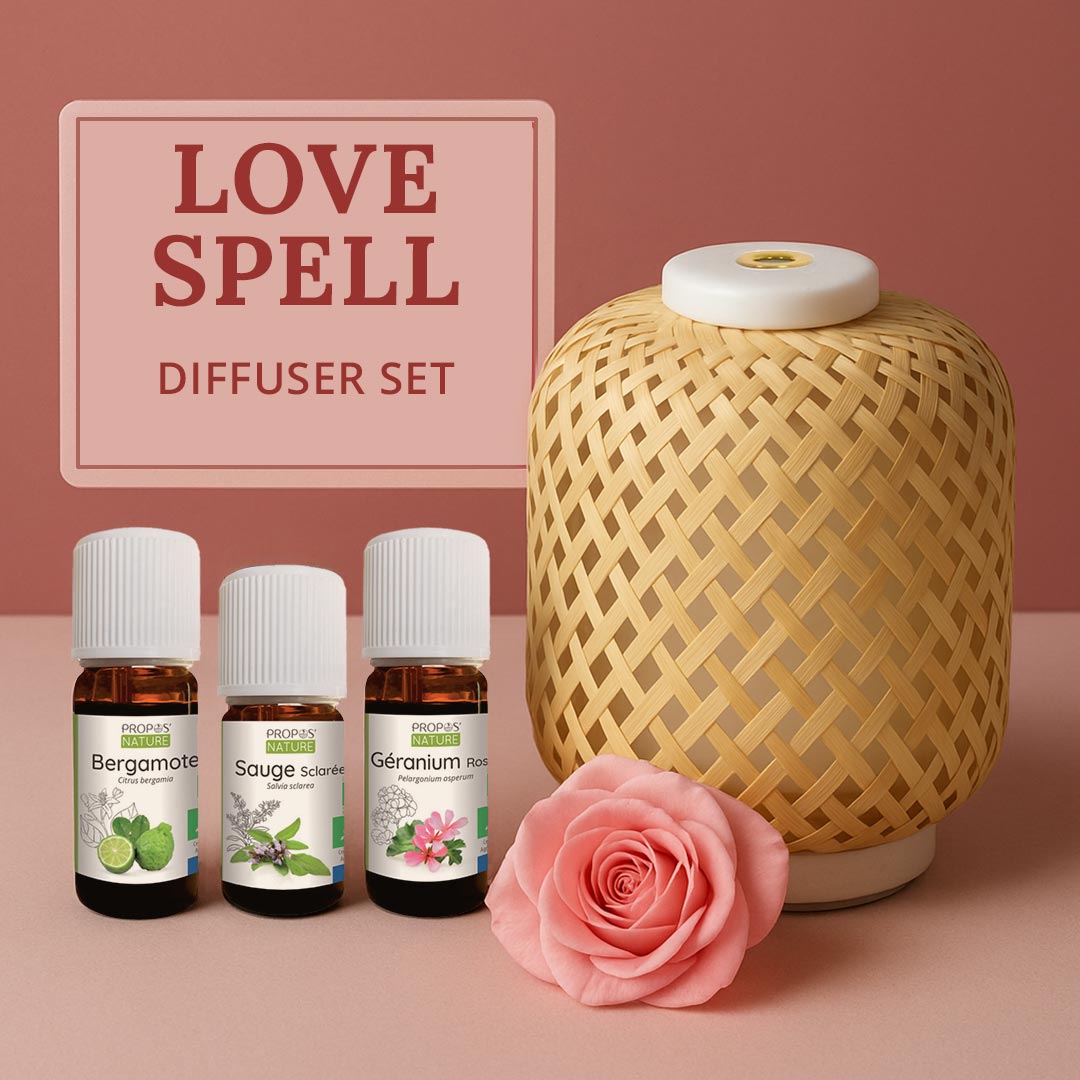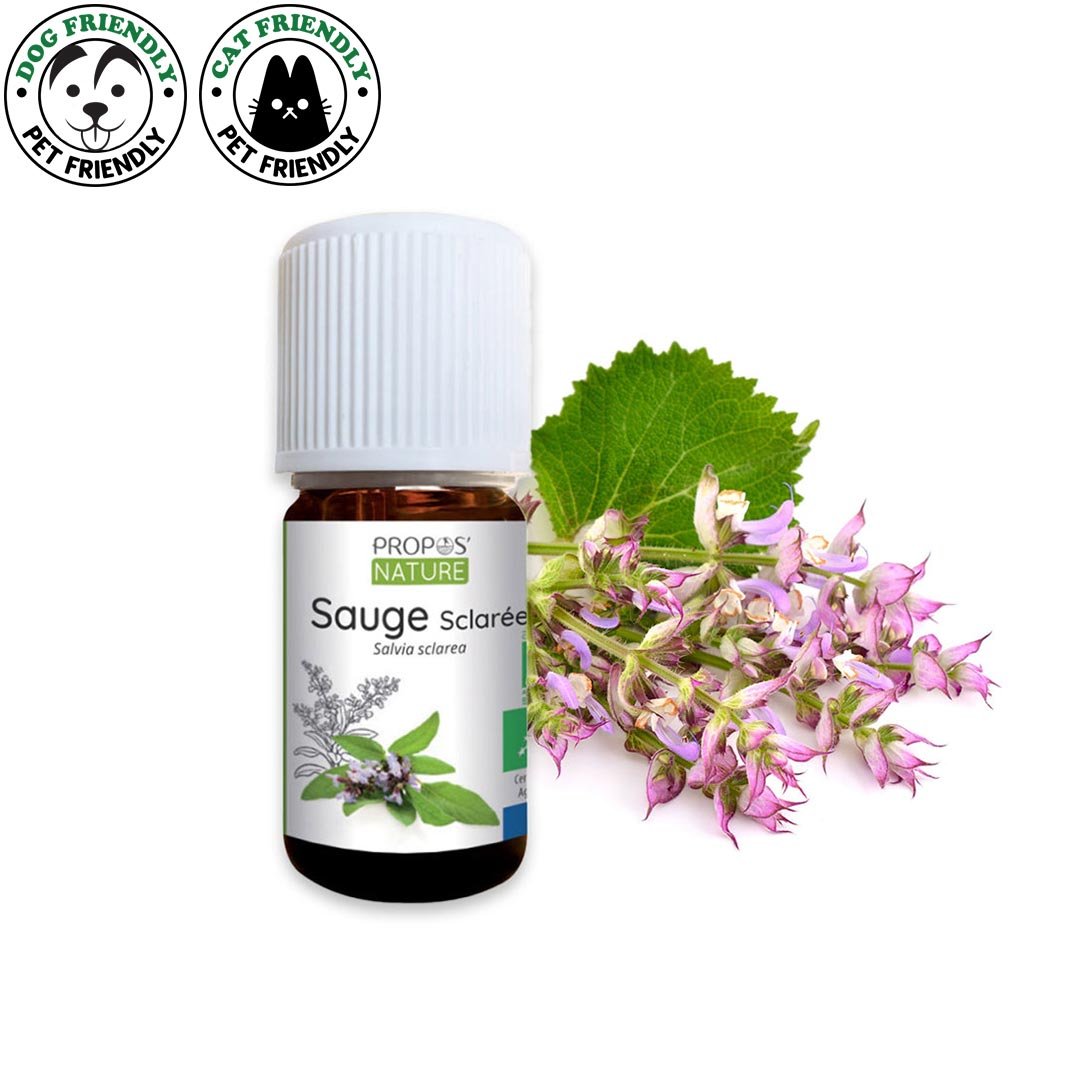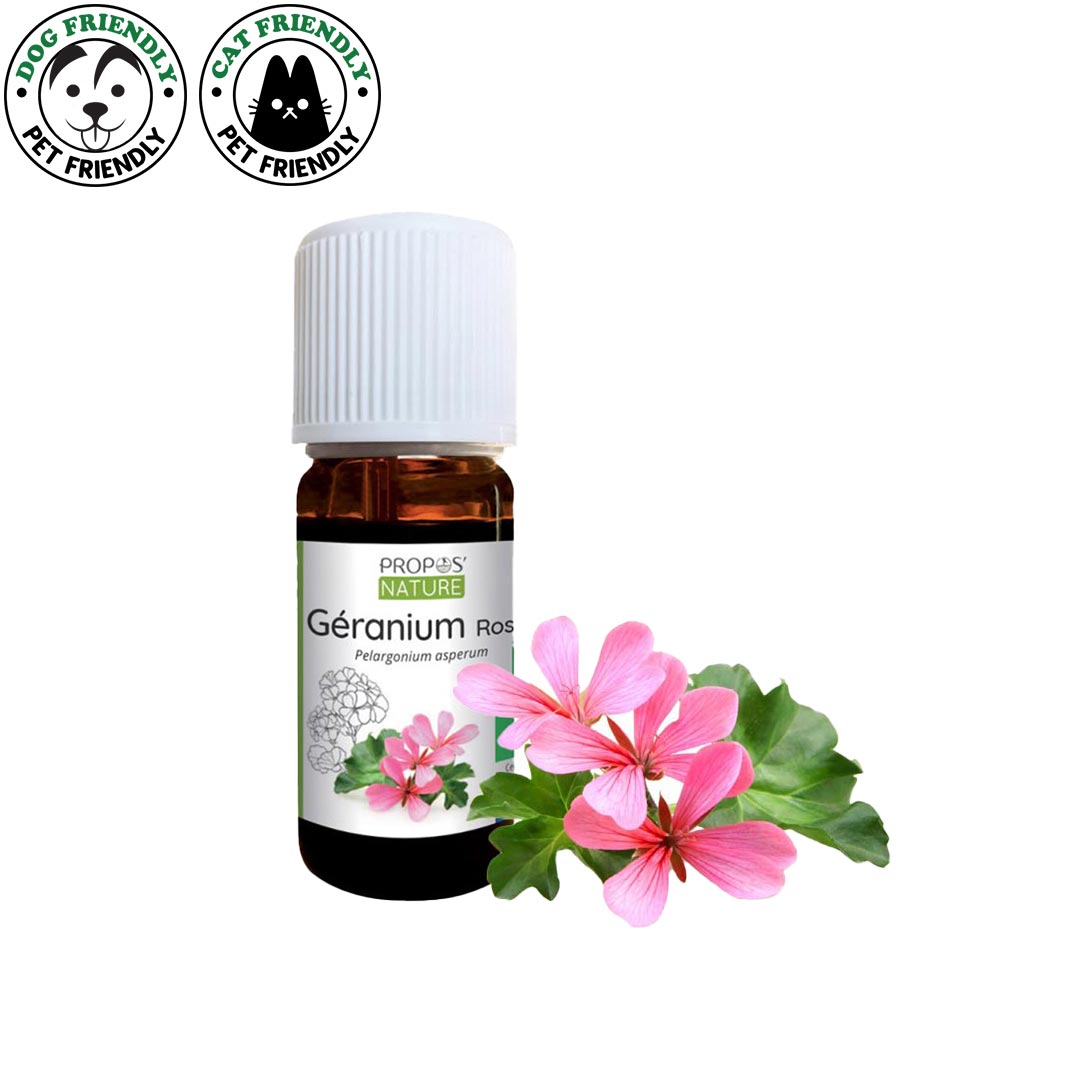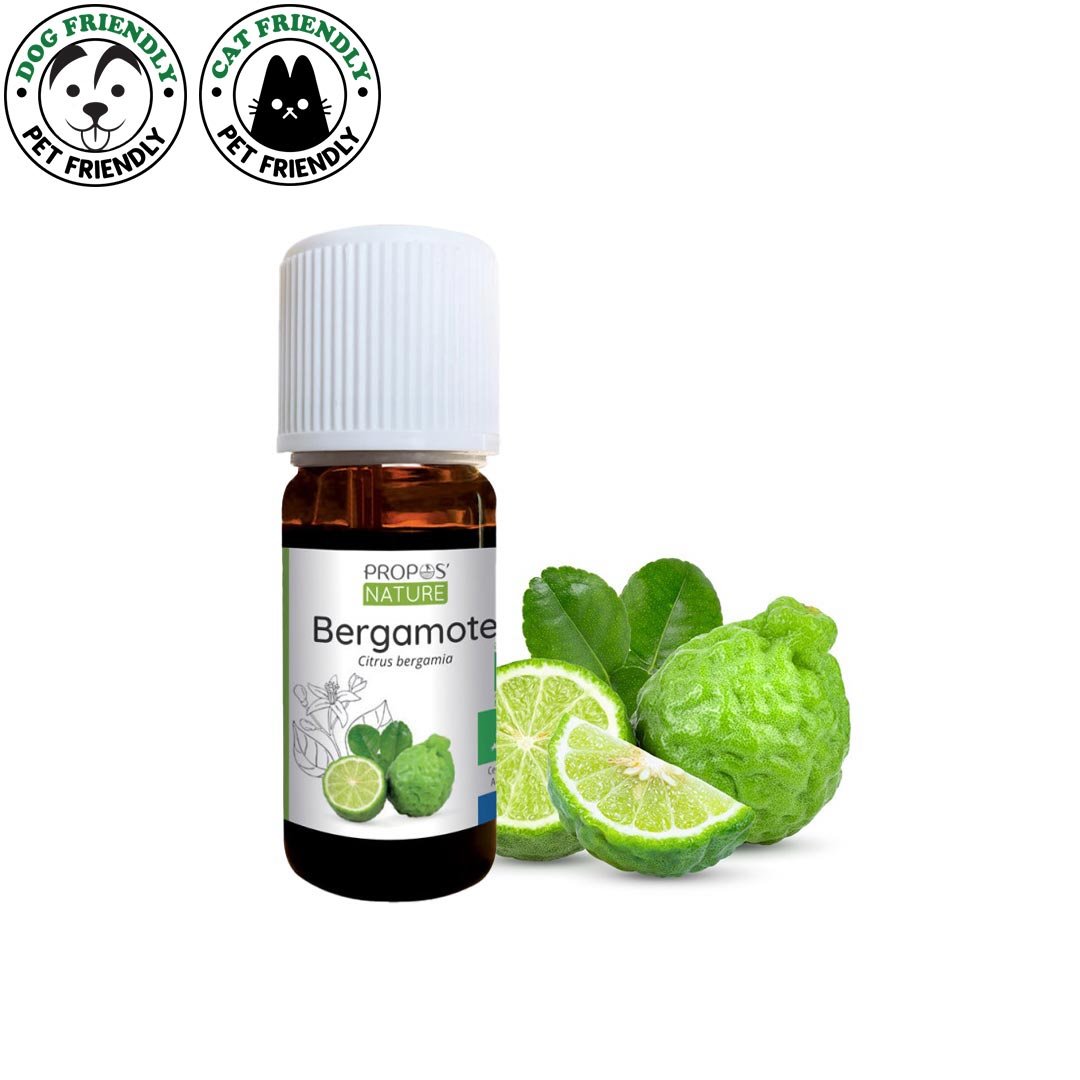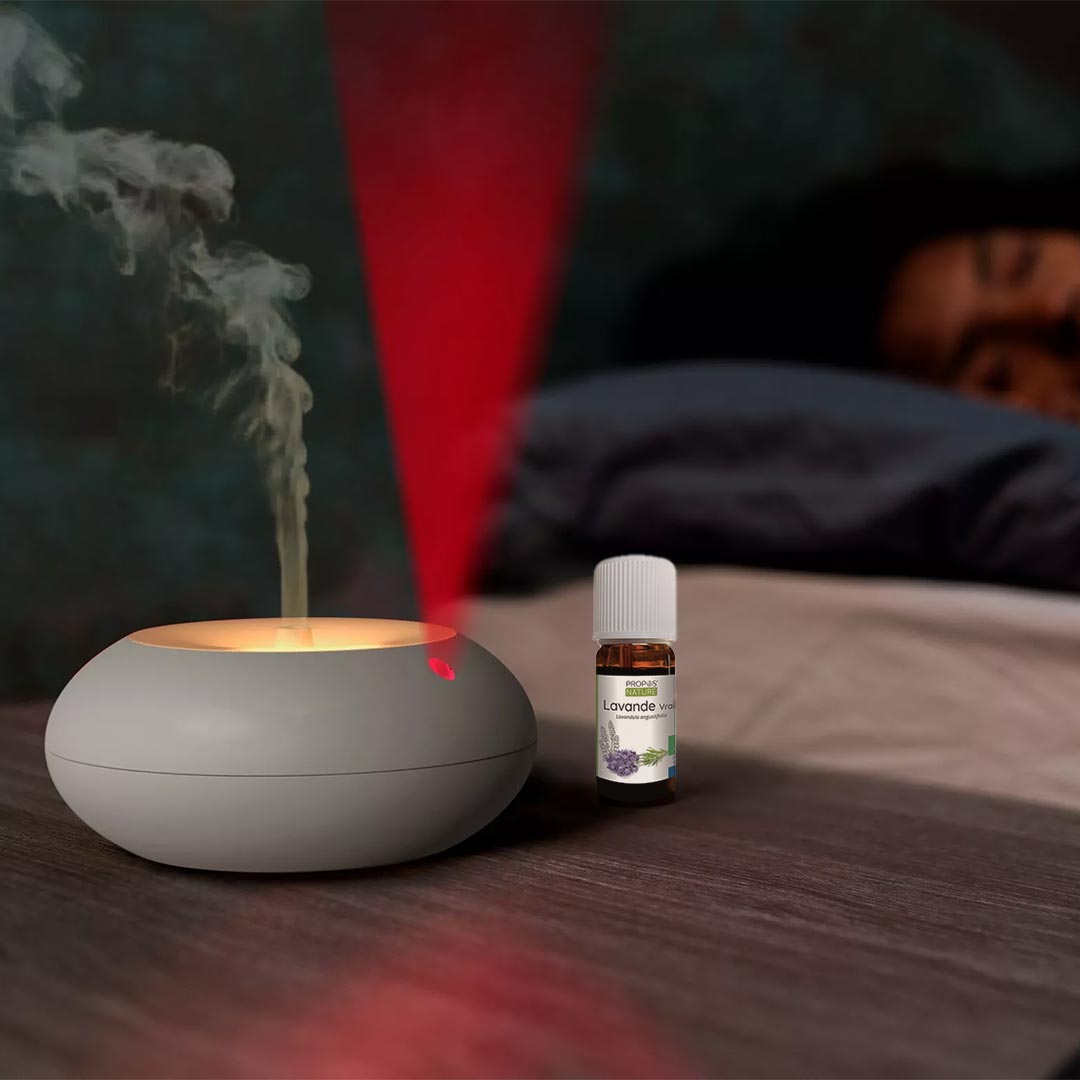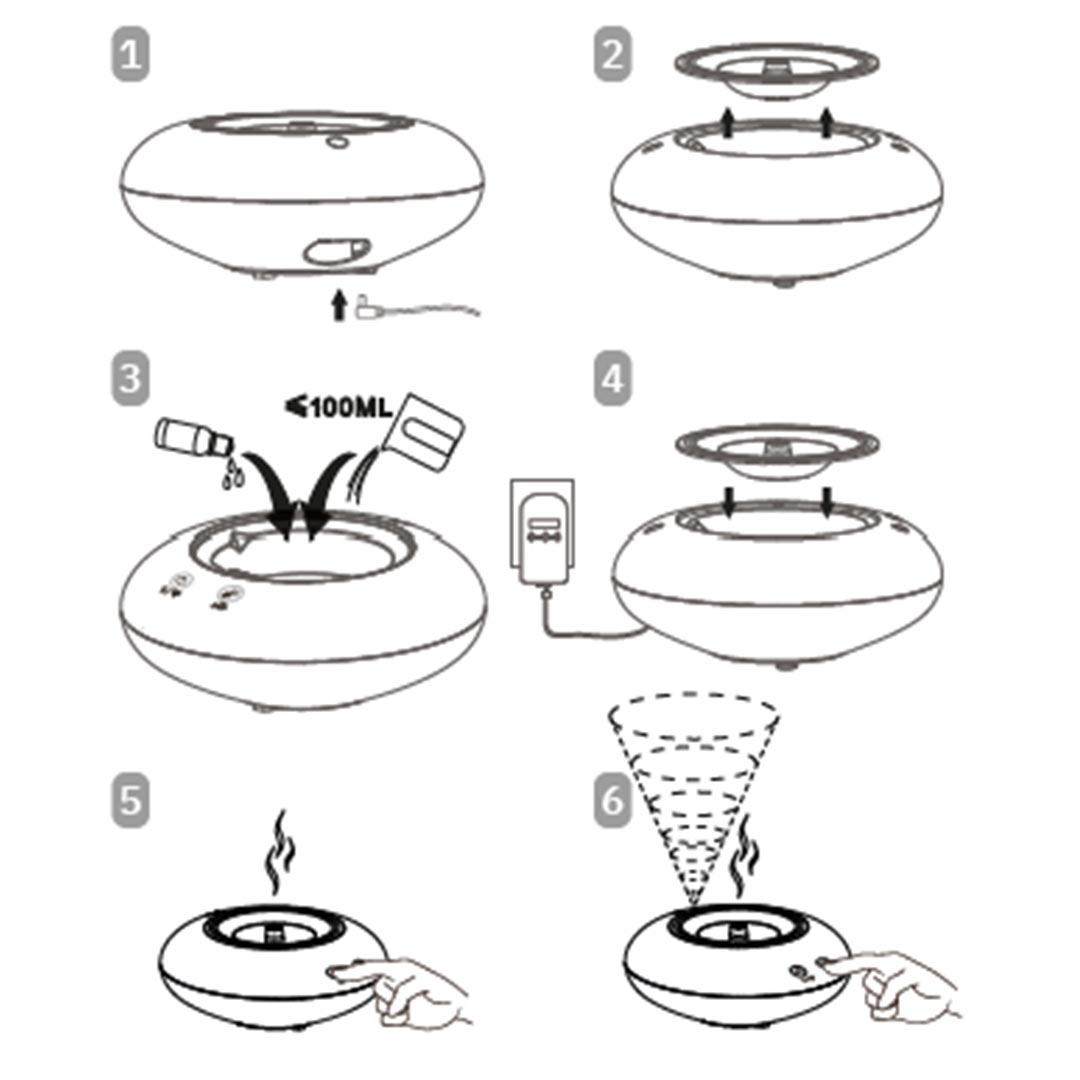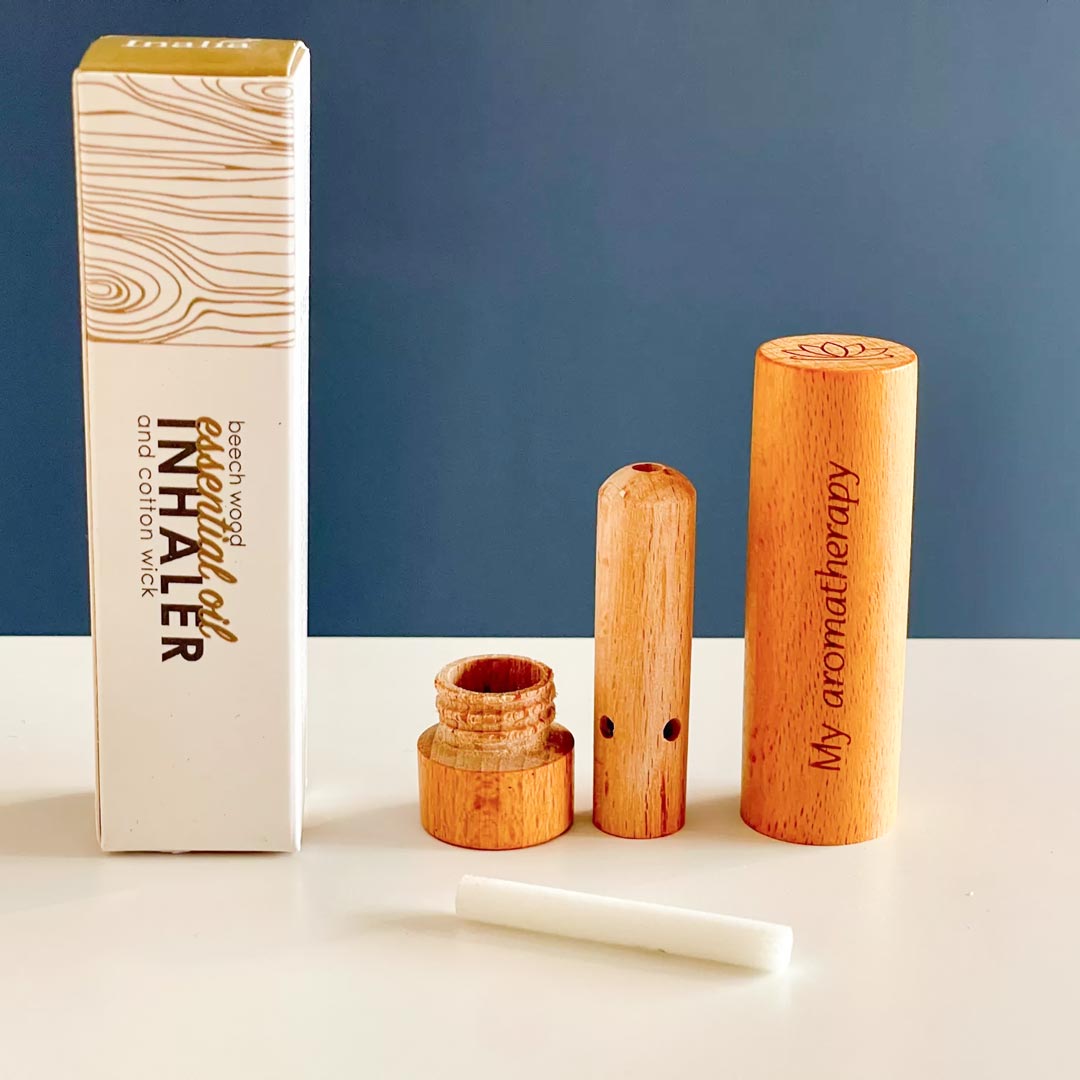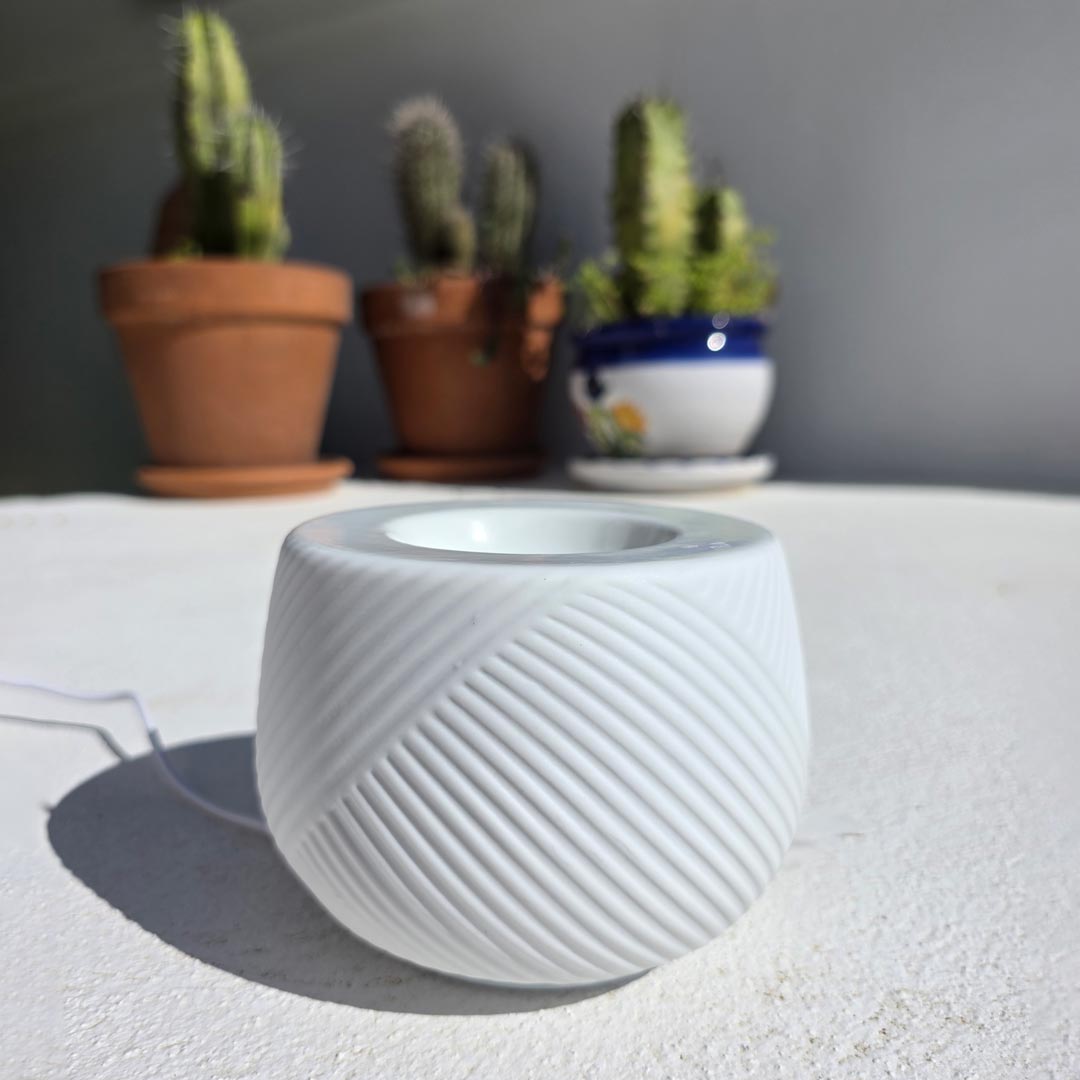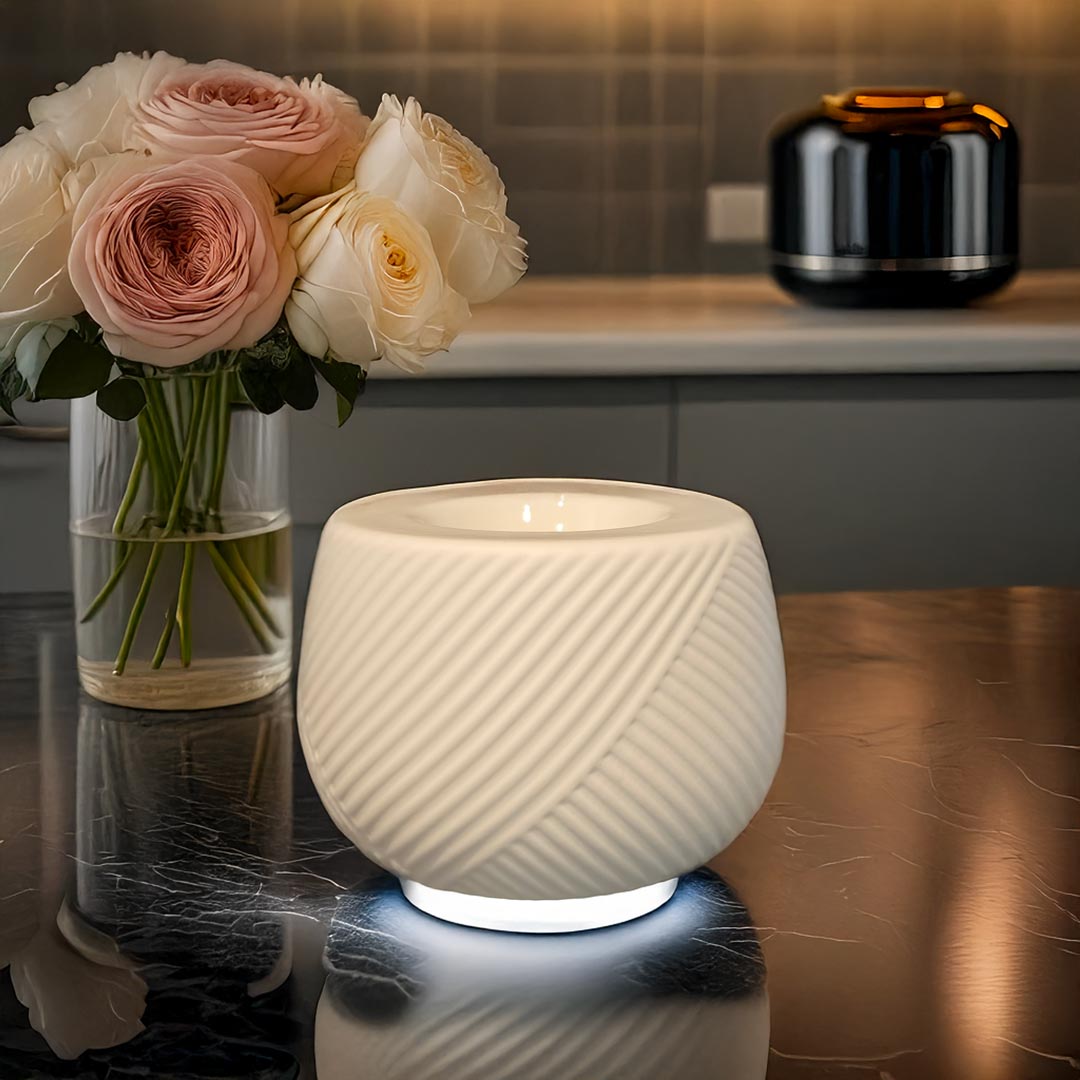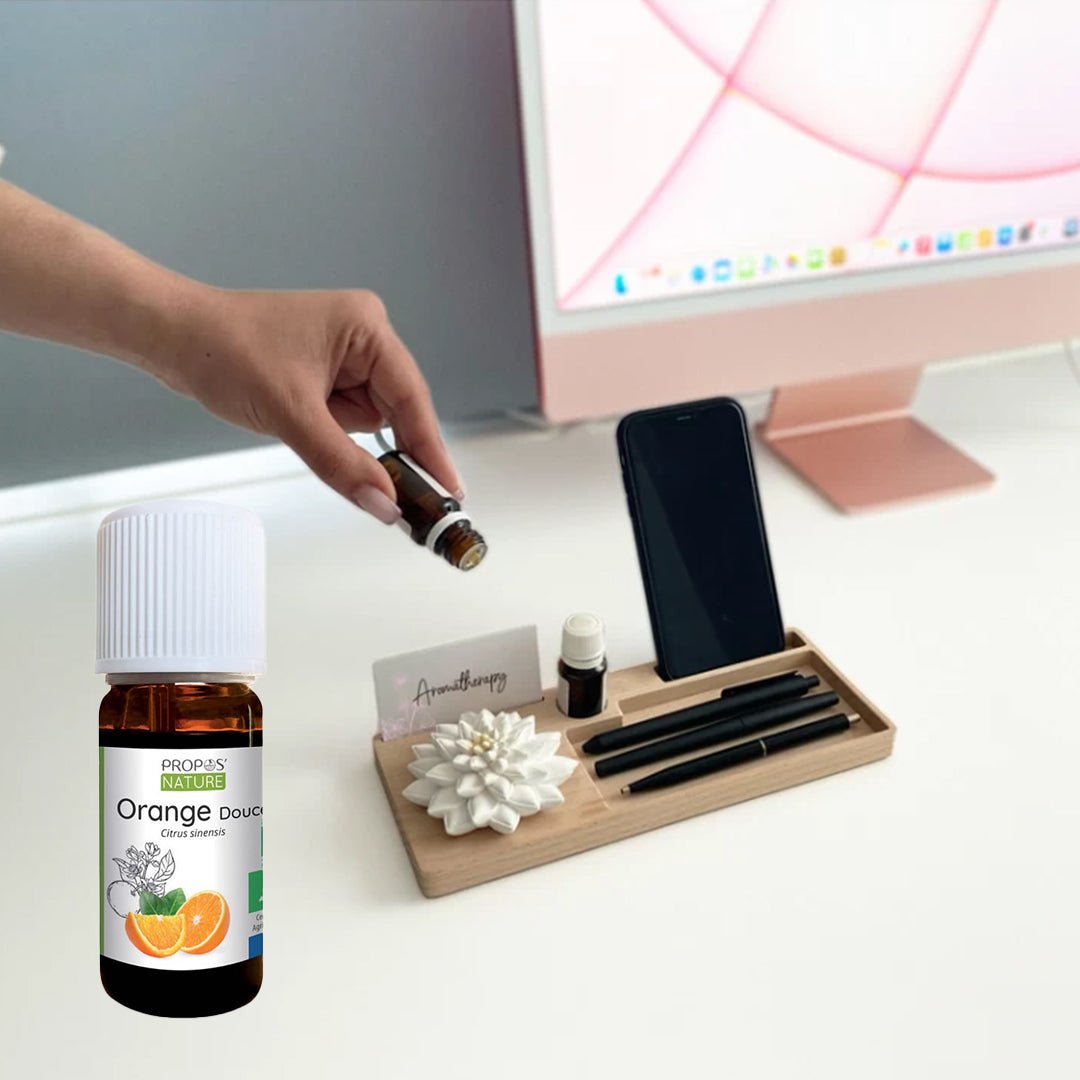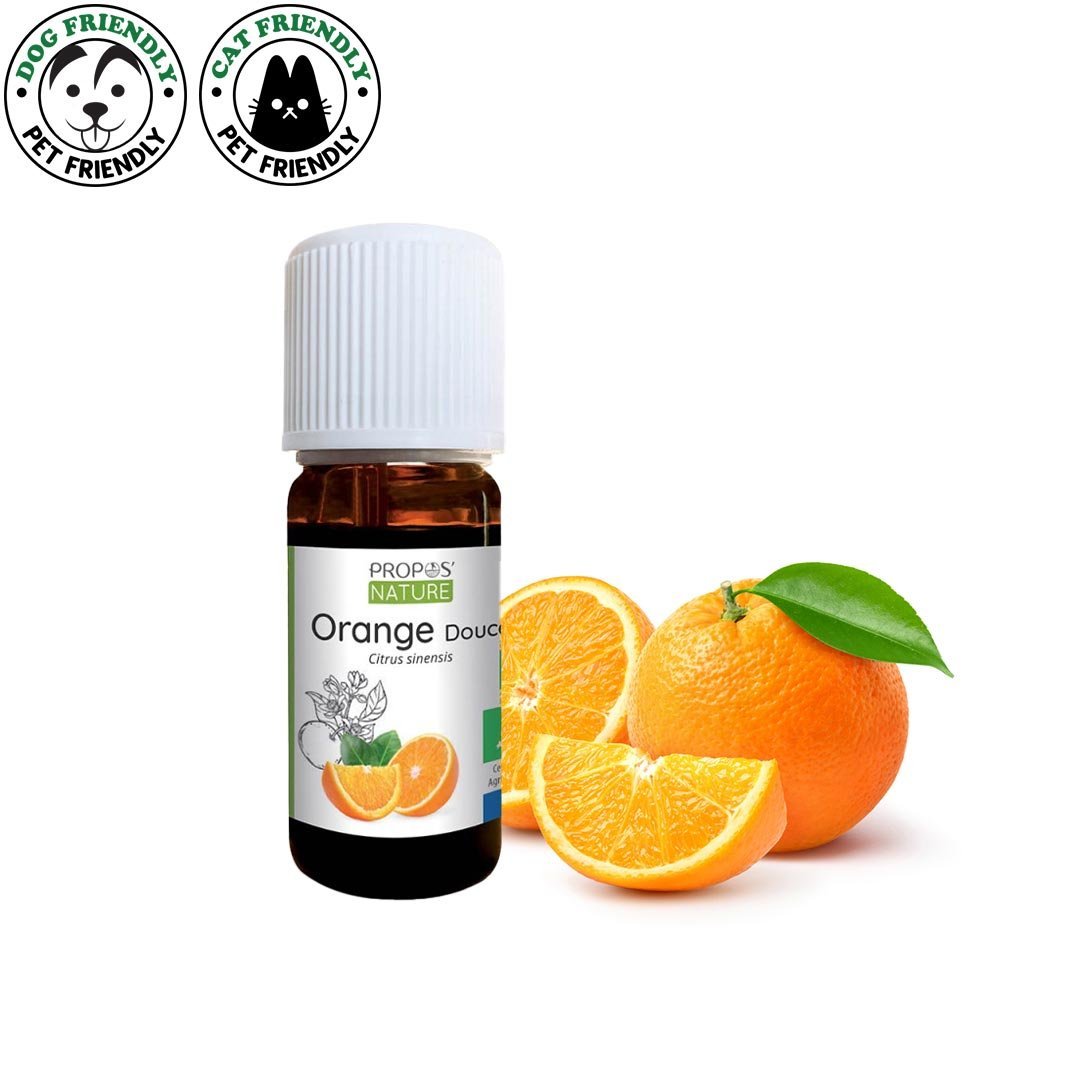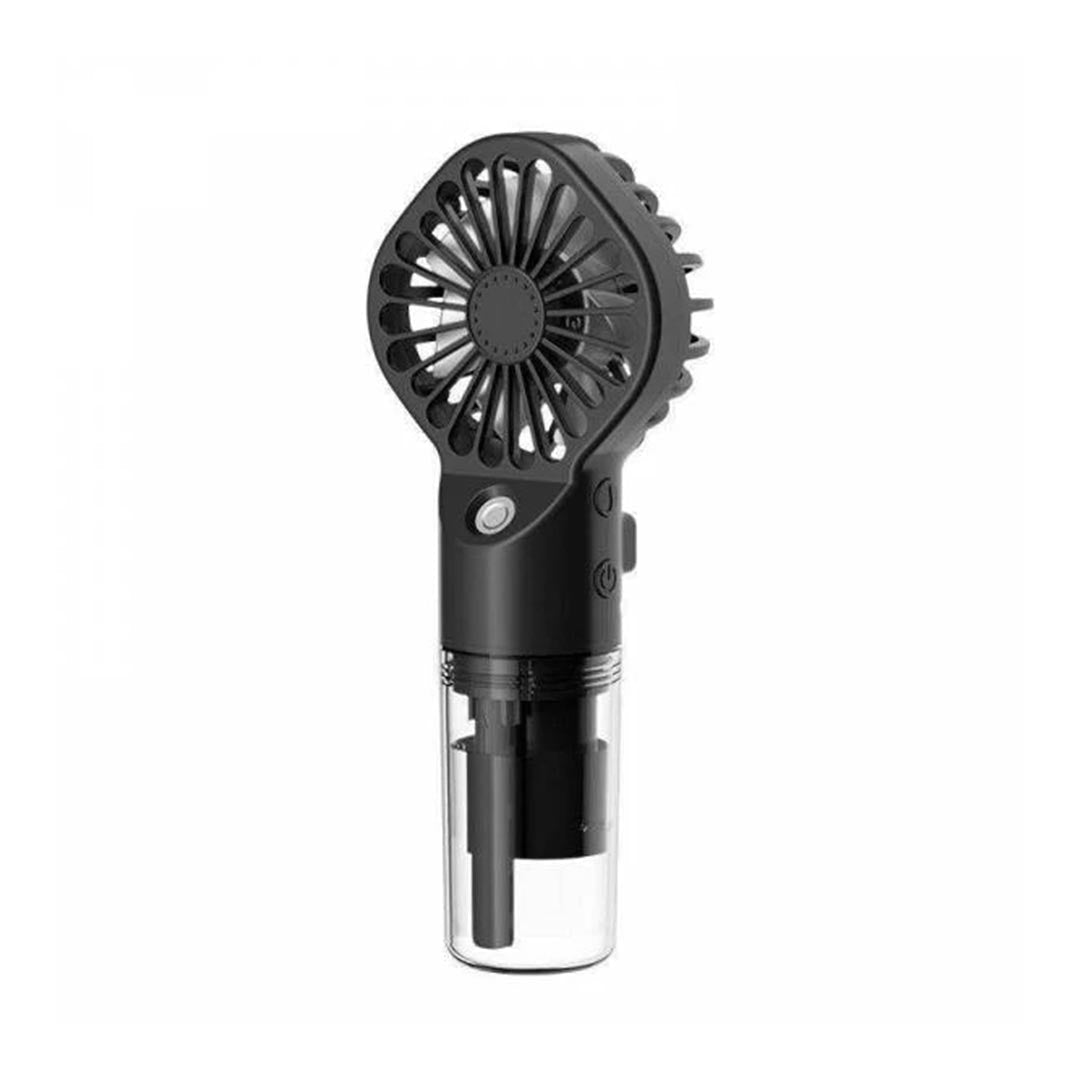Mood Swings
Mood swings are also a common symptom of menopause, as fluctuating hormone levels can affect the brain's chemical balance. Women may experience irritability, anxiety, and depression.
With Ginevítex® Hormonal Balance tincture made of Vitex agnus castus medicinal plant, you will balance your hormones and get rid of mood swings.


Hot Flash Spritzer
Use Rose Hydrosol and spray your face, neck and shoulders during a Hot Flash. Add a few drops of peppermint essential oil for a wonderful cooling effect.
Here is a bundle with what you need!
Why do our mood fluctuate during menopause?
Mood fluctuations during menopause are primarily caused by hormonal changes, particularly the decline in estrogen and progesterone levels. These hormones play a significant role in regulating mood, stress responses, and even cognitive function.
1. Estrogen Decline:
Estrogen has a direct influence on serotonin, a neurotransmitter that stabilizes mood. As estrogen levels drop during menopause, serotonin levels may also decrease, leading to feelings of sadness, irritability, and mood swings.
2. Progesterone Changes:
Progesterone has calming and anti-anxiety effects. During menopause, fluctuating progesterone levels can lead to increased anxiety, restlessness, and trouble sleeping, contributing to mood instability.
3. Sleep Disruptions:
Hot flashes and night sweats, common symptoms of menopause, can severely disrupt sleep. Poor sleep quality often leads to fatigue, irritability, and mood swings.
4. Psychological and Lifestyle Factors:
Beyond hormones, the emotional stress of transitioning into a new phase of life, along with physical changes like weight gain or decreased energy, can add to mood fluctuations.
5. Stress and Cortisol:
Menopause can increase the body's sensitivity to stress, with heightened cortisol levels amplifying mood disturbances, especially anxiety and irritability.
6. Nutrient Deficiencies:
Hormonal changes during menopause can affect nutrient absorption and requirements, which can also contribute to emotional imbalance if key nutrients like magnesium or B-vitamins are low.
Supporting your hormonal balance through lifestyle changes, aromatherapy, and natural supplements like Vitex agnus castus (found in Ginevítex®) may help stabilize mood during this phase.

Essential Fruits and Vegetables for Menopause
1. Leafy Greens (Spinach, Kale, Swiss Chard)
Why: Rich in calcium, magnesium, and vitamin K, leafy greens help maintain bone health, which is critical during menopause as the risk of osteoporosis increases due to lower estrogen levels.
Key Benefits: Bone strength, heart health, and managing mood swings due to magnesium content.
2. Broccoli and Cruciferous Vegetables (Cauliflower, Brussels Sprouts, Cabbage)
Why: Cruciferous vegetables are high in fiber and compounds like indole-3-carbinol, which help balance estrogen levels. They also support liver detoxification, helping to eliminate excess estrogen.
Key Benefits: Hormone balance, reduced risk of certain cancers, improved digestion.
3. Berries (Blueberries, Strawberries, Raspberries)
Why: Berries are loaded with antioxidants and vitamin C, which protect cells from oxidative stress. They also have anti-inflammatory properties that can ease joint pain and promote heart health.
Key Benefits: Reducing inflammation, boosting mood, supporting skin health.
4. Avocado
Why: Avocados are rich in healthy fats, especially monounsaturated fats, which help support heart health and may aid in balancing hormones. They also contain potassium, which helps regulate blood pressure.
Key Benefits: Heart health, hormone support, improving skin elasticity.
5. Citrus Fruits (Oranges, Grapefruits, Lemons)
Why: Citrus fruits are high in vitamin C and fiber, promoting skin health, boosting immunity, and reducing inflammation. They also support collagen production, important as skin elasticity decreases with age.
Key Benefits: Skin health, reduced inflammation, improved digestion.
6. Tomatoes
Why: Tomatoes contain lycopene, an antioxidant linked to reducing the risk of heart disease and certain cancers. Their high vitamin C content also supports skin health and immune function.
Key Benefits: Cardiovascular health, antioxidant protection, skin support.
7. Sweet Potatoes and Carrots
Why: Rich in beta-carotene, these vegetables support skin health and can reduce dryness, which is common during menopause. Beta-carotene is also beneficial for eye health and immune function.
Key Benefits: Skin hydration, eye health, immune support.

8. Apples
Why: Apples contain fiber, especially pectin, which can help manage cholesterol levels and promote digestive health. They also offer antioxidants like quercetin that reduce inflammation.
Key Benefits: Heart health, digestion, reduced inflammation.
9. Pomegranates
Why: Pomegranates are high in phytoestrogens, plant compounds that mimic estrogen, which can help balance hormone levels naturally. They also contain antioxidants that support cardiovascular health.
Key Benefits: Hormone balance, heart health, skin support.
10. Flaxseeds
Why: While technically a seed, flaxseeds are rich in lignans, which are phytoestrogens that can help balance hormone levels. They’re also a great source of omega-3 fatty acids, supporting heart health and reducing inflammation.
Key Benefits: Hormone balance, heart health, digestive support.
11. Bananas
Why: Bananas are high in potassium, which helps regulate blood pressure and reduce water retention, a common issue during menopause. They also provide natural energy and help manage stress.
Key Benefits: Blood pressure control, mood stability, energy boost.
12. Grapes
Why: Grapes, especially red ones, contain resveratrol, an antioxidant known for its anti-inflammatory properties and heart benefits. They also provide hydration and fiber.
Key Benefits: Heart health, hydration, reduced inflammation.
Overall Benefits:
Hormone Regulation: Phytoestrogens in fruits like pomegranates and fiber from vegetables help balance fluctuating hormone levels.
Bone Health: Calcium-rich greens and cruciferous vegetables support bone strength, essential as bone density decreases during menopause.
Heart Health: Antioxidant-rich fruits and vegetables reduce the risk of heart disease, which increases after menopause due to declining estrogen.
Skin Health: Vitamin C, beta-carotene, and healthy fats found in these foods help maintain skin elasticity, moisture, and a youthful appearance.
Mood and Stress: Magnesium, potassium, and other micronutrients help manage stress, improve sleep, and stabilize mood swings.
Incorporating these fruits and vegetables into your diet can support the body in navigating menopause more smoothly.

Top Essential Oils for Managing Mood Swings Naturally
Essential oils can be a powerful tool for managing mood swings, especially during times of hormonal change like menopause. Certain oils have mood-balancing, calming, and uplifting properties that help ease anxiety, irritability, and emotional fluctuations. Whether diffused, applied topically, or used in a relaxing bath, these oils offer natural support for emotional well-being and stability.
Clary Sage
Why: Clary sage is particularly beneficial for balancing hormones and has calming properties that reduce anxiety and mood swings. It’s great for managing stress and emotional instability.
How to Use: Diffuse or dilute and apply to pulse points.
Lavender
Why: Lavender is well-known for its calming and soothing effects, helping to ease anxiety, irritability, and insomnia, which can worsen mood swings.
How to Use: Diffuse, use in a bath, or apply diluted to the skin.
Ylang Ylang
Why: Ylang ylang helps reduce stress and anxiety, promoting feelings of peace and joy. It’s effective in treating mood swings linked to hormonal imbalances.
How to Use: Diffuse or use in a massage blend.
Geranium
Why: Geranium balances hormones and emotions, providing relief from anxiety, irritability, and mood swings. It is particularly helpful for emotional stability during menopause.
How to Use: Use in a diffuser, bath, or diluted on pulse points.
Roman Chamomile
Why: Roman chamomile is known for its gentle, calming effects, easing tension and emotional distress. It helps manage feelings of anger or frustration.
How to Use: Diffuse or apply diluted to the skin.
Sweet Orange
Why: Sweet orange is uplifting and helps alleviate feelings of sadness or depression. Its bright, fresh aroma enhances positivity and combats emotional lows.
How to Use: Diffuse or apply diluted to the skin.







